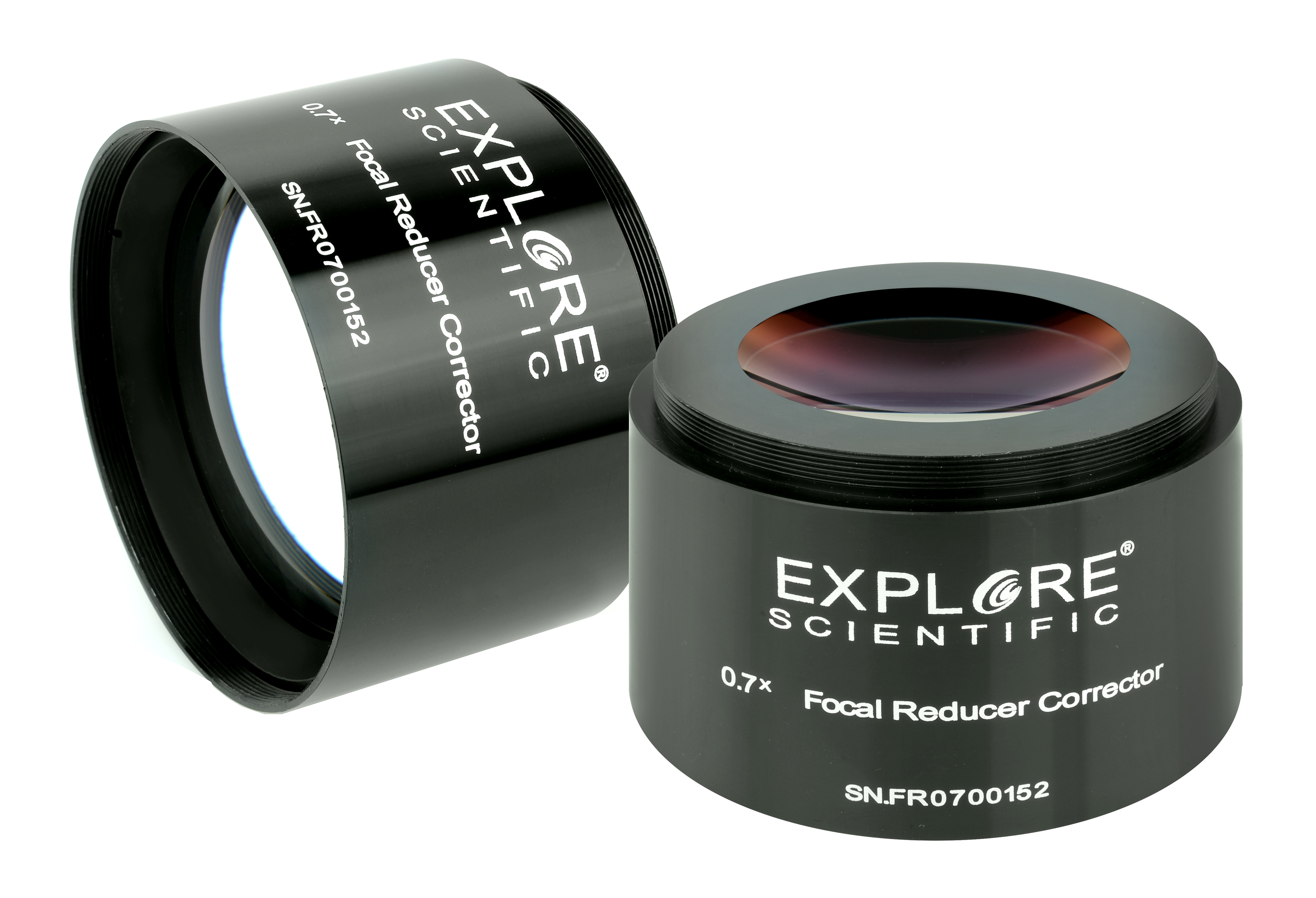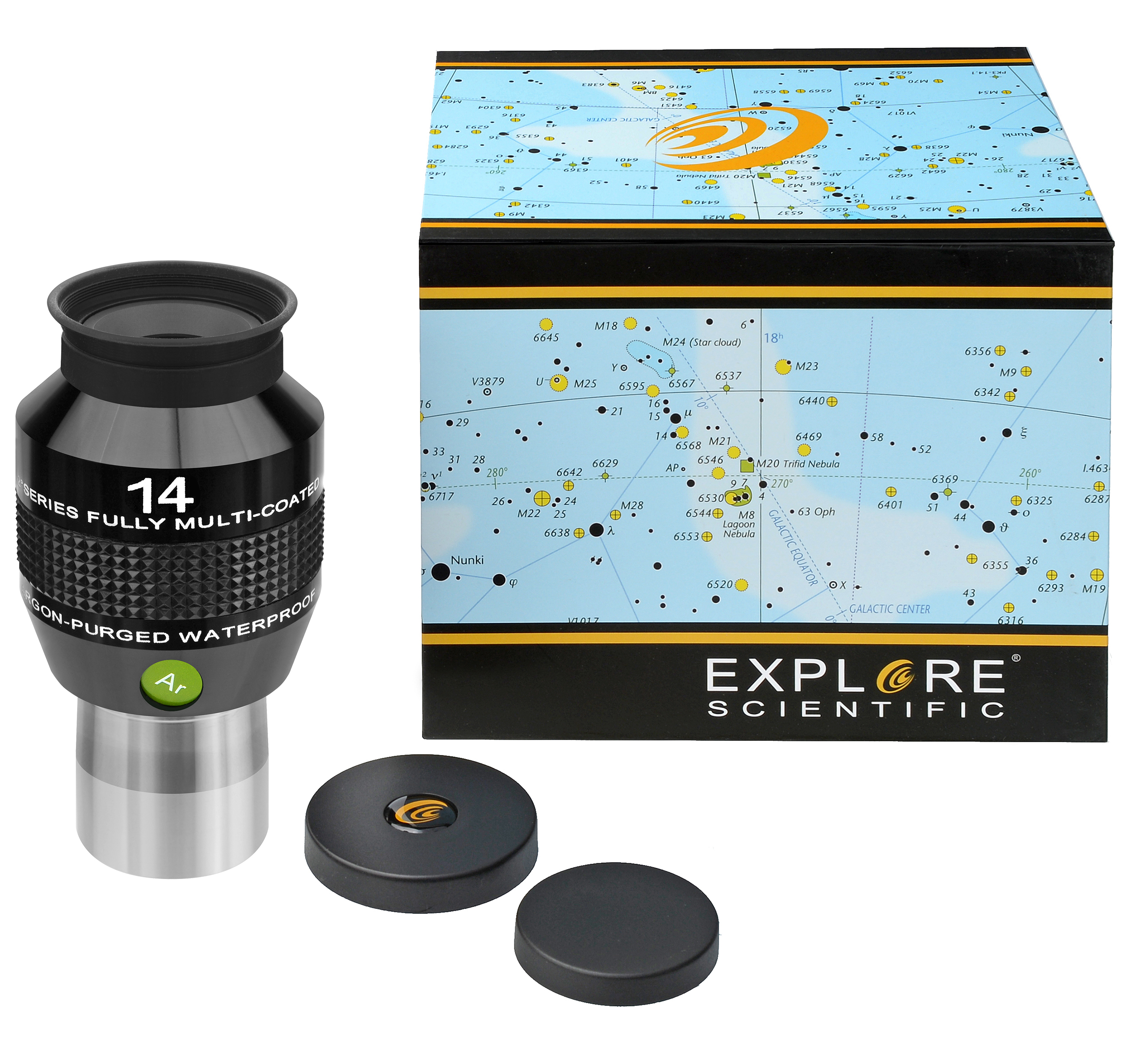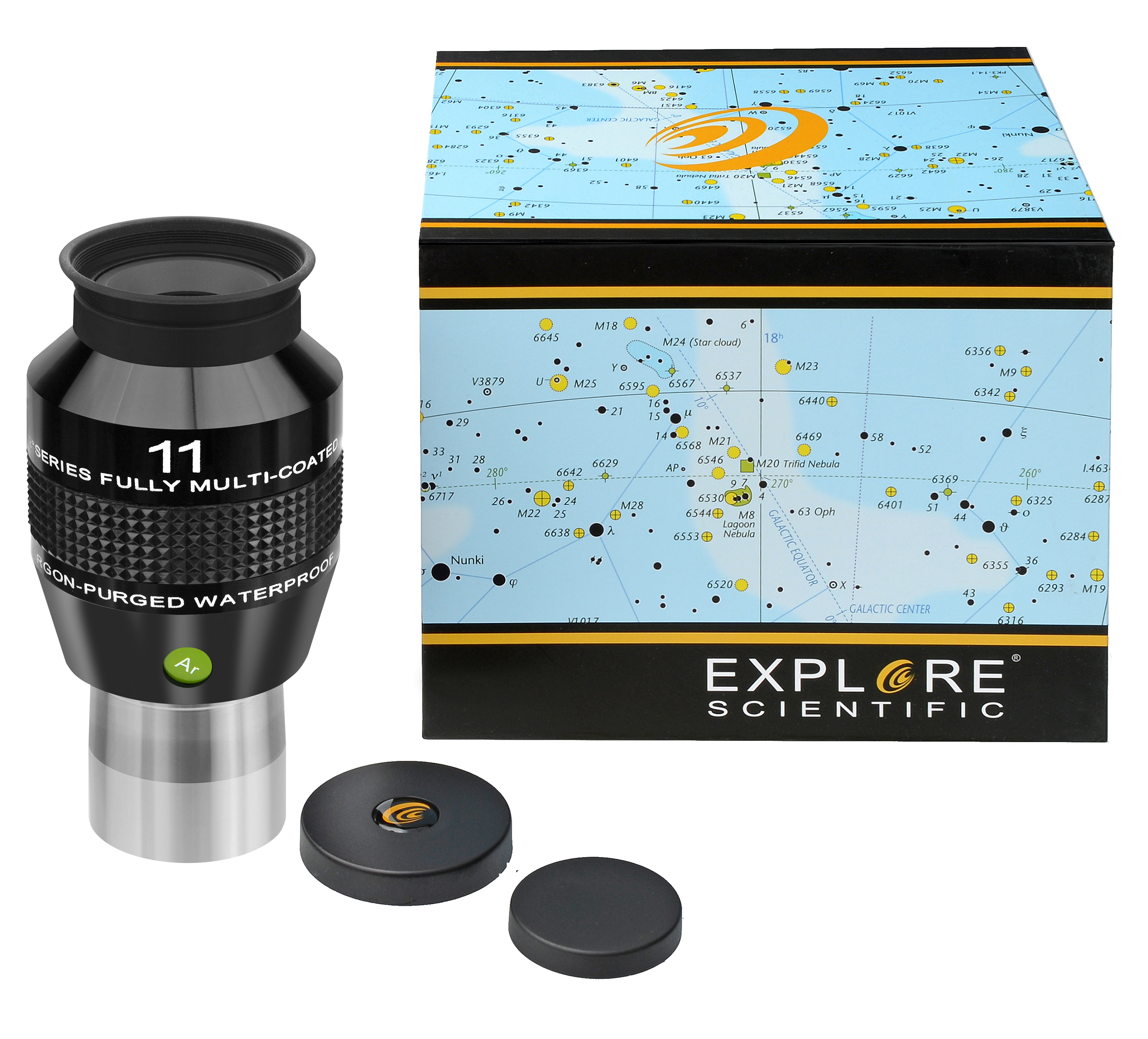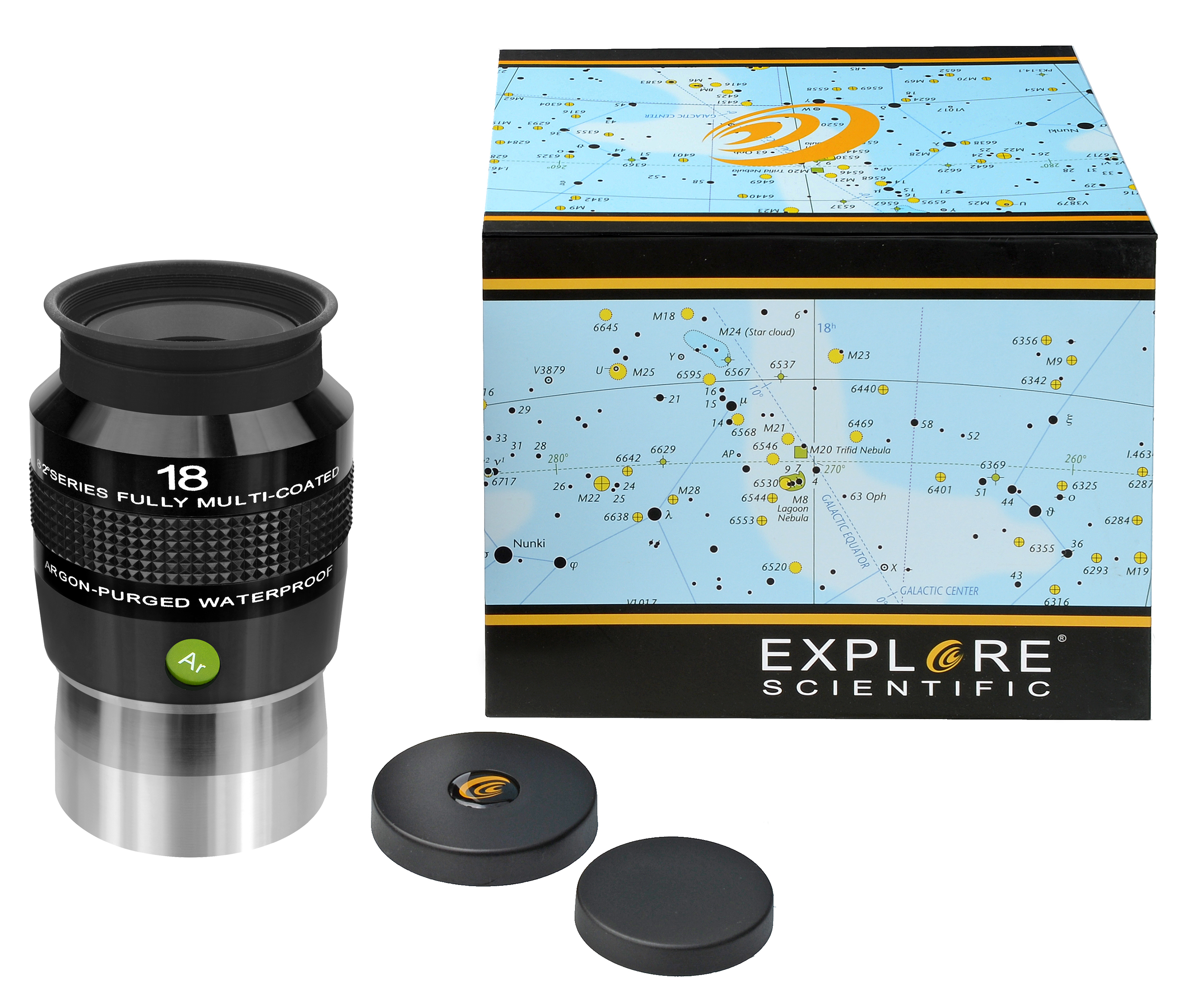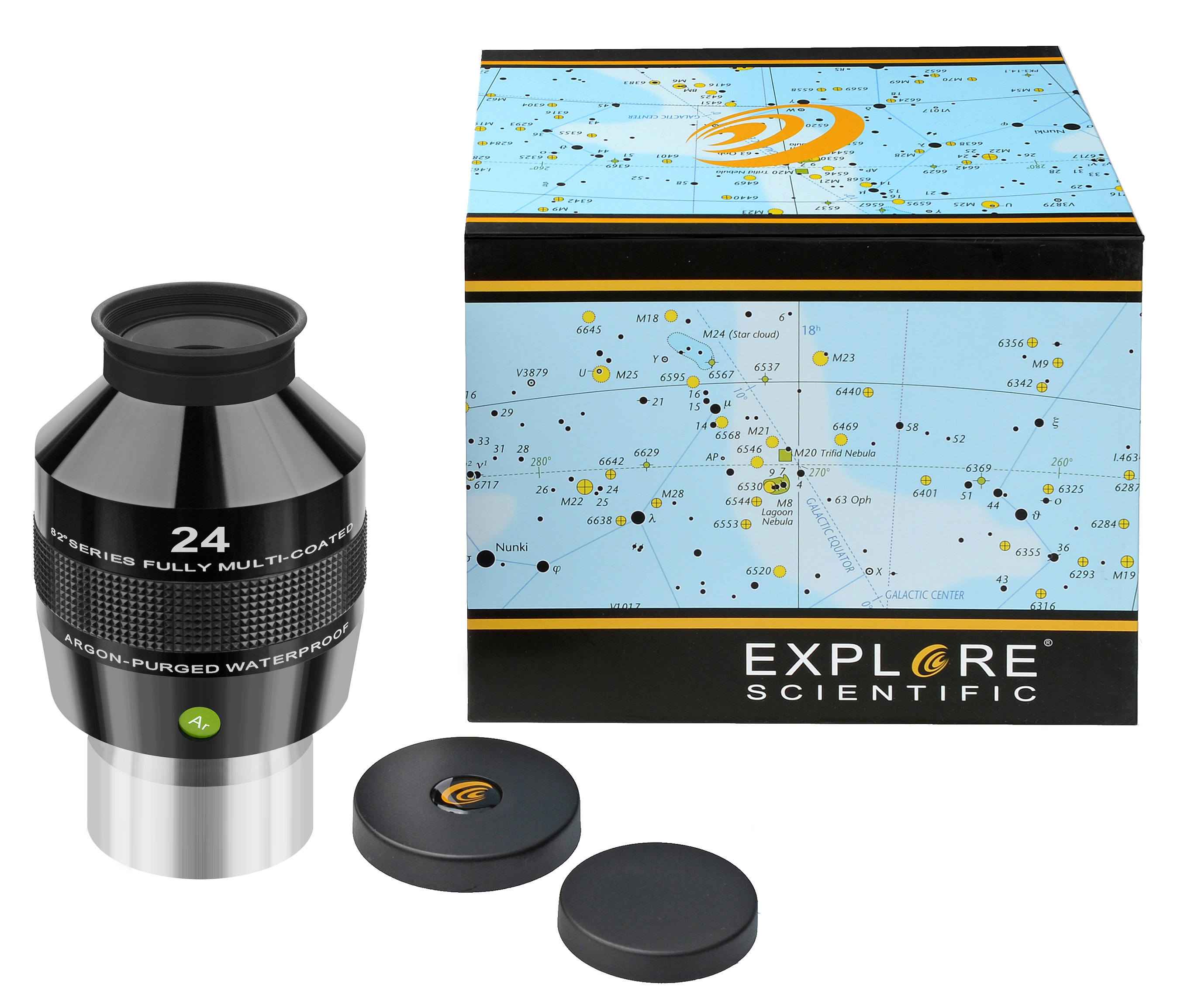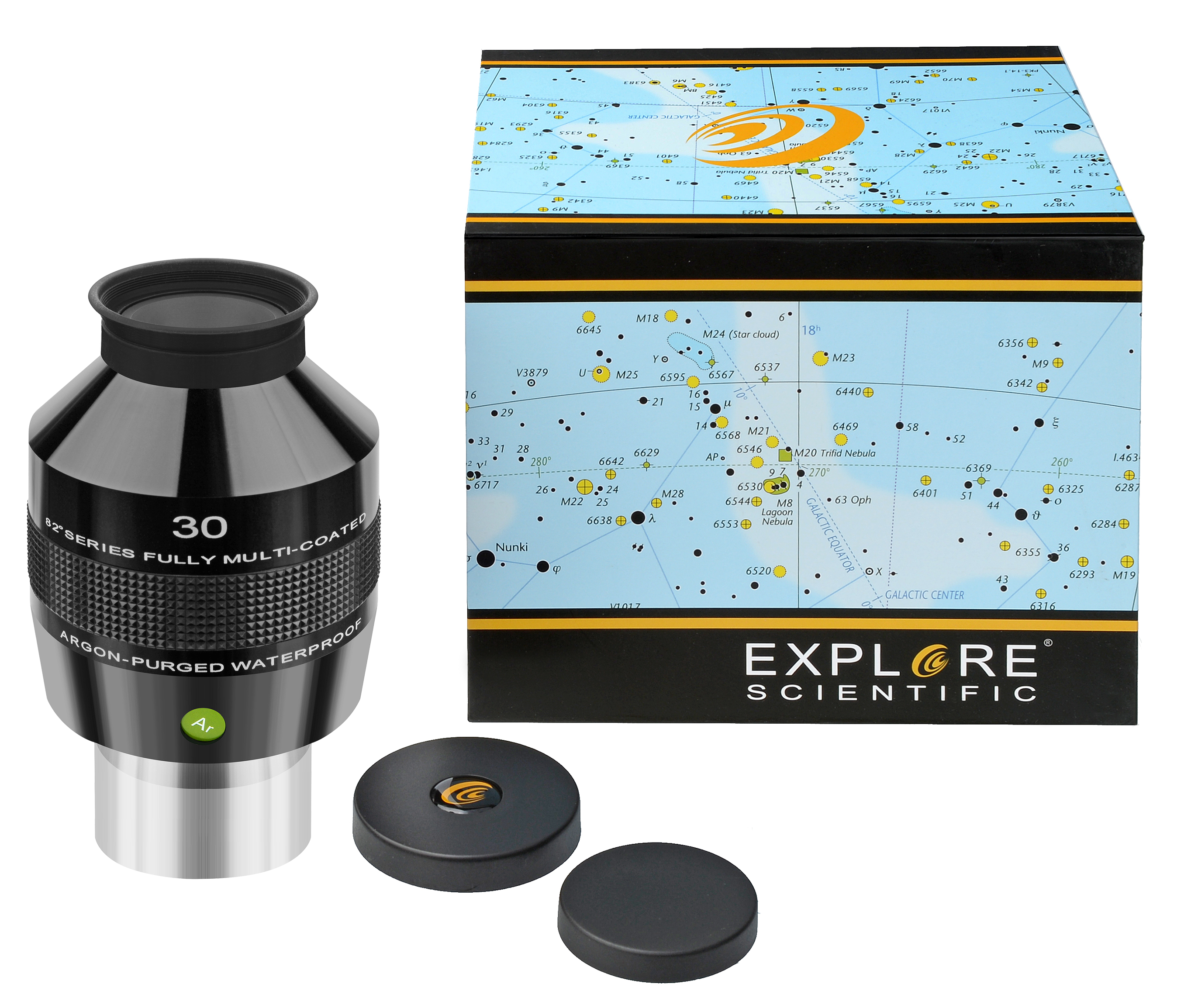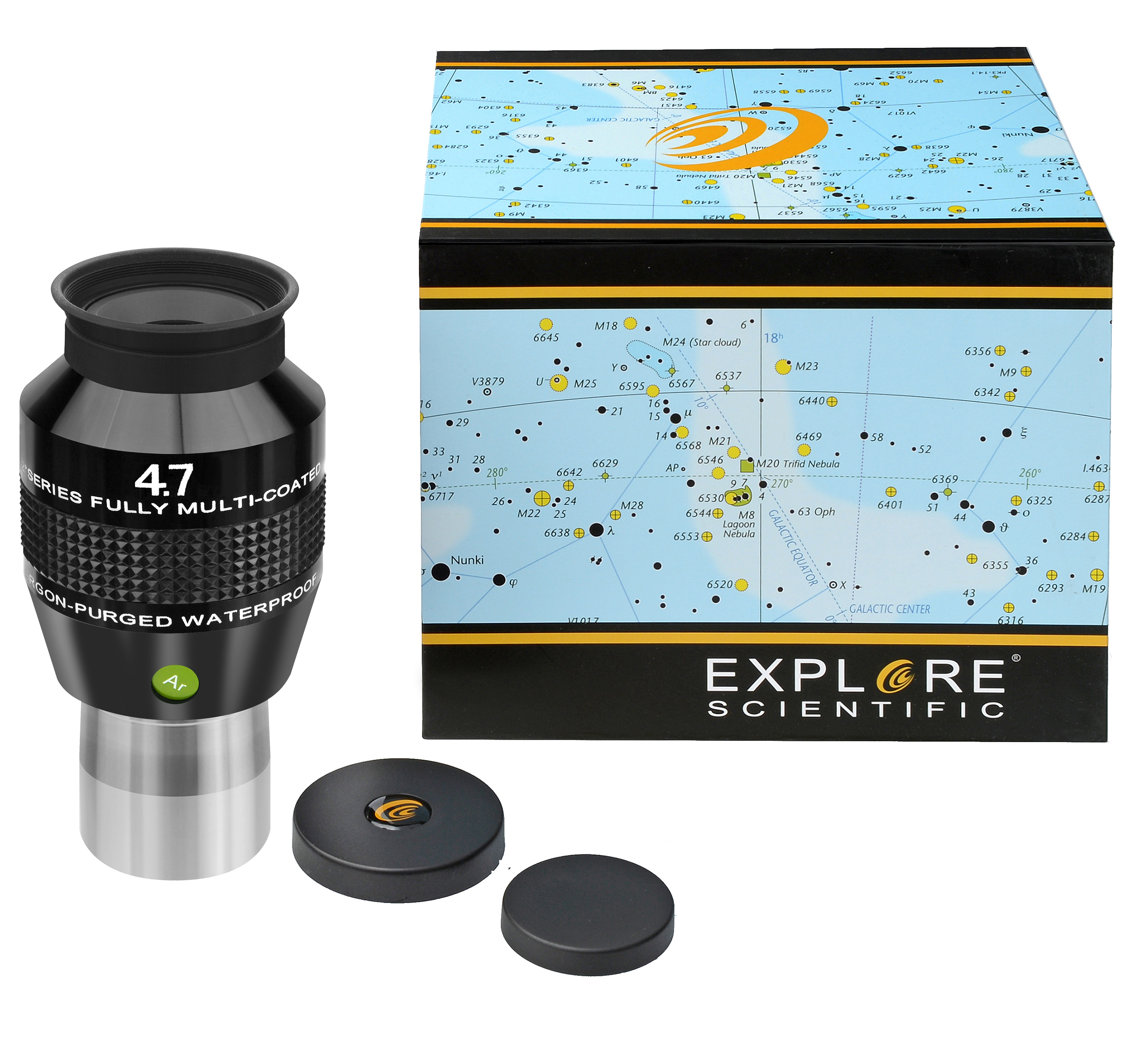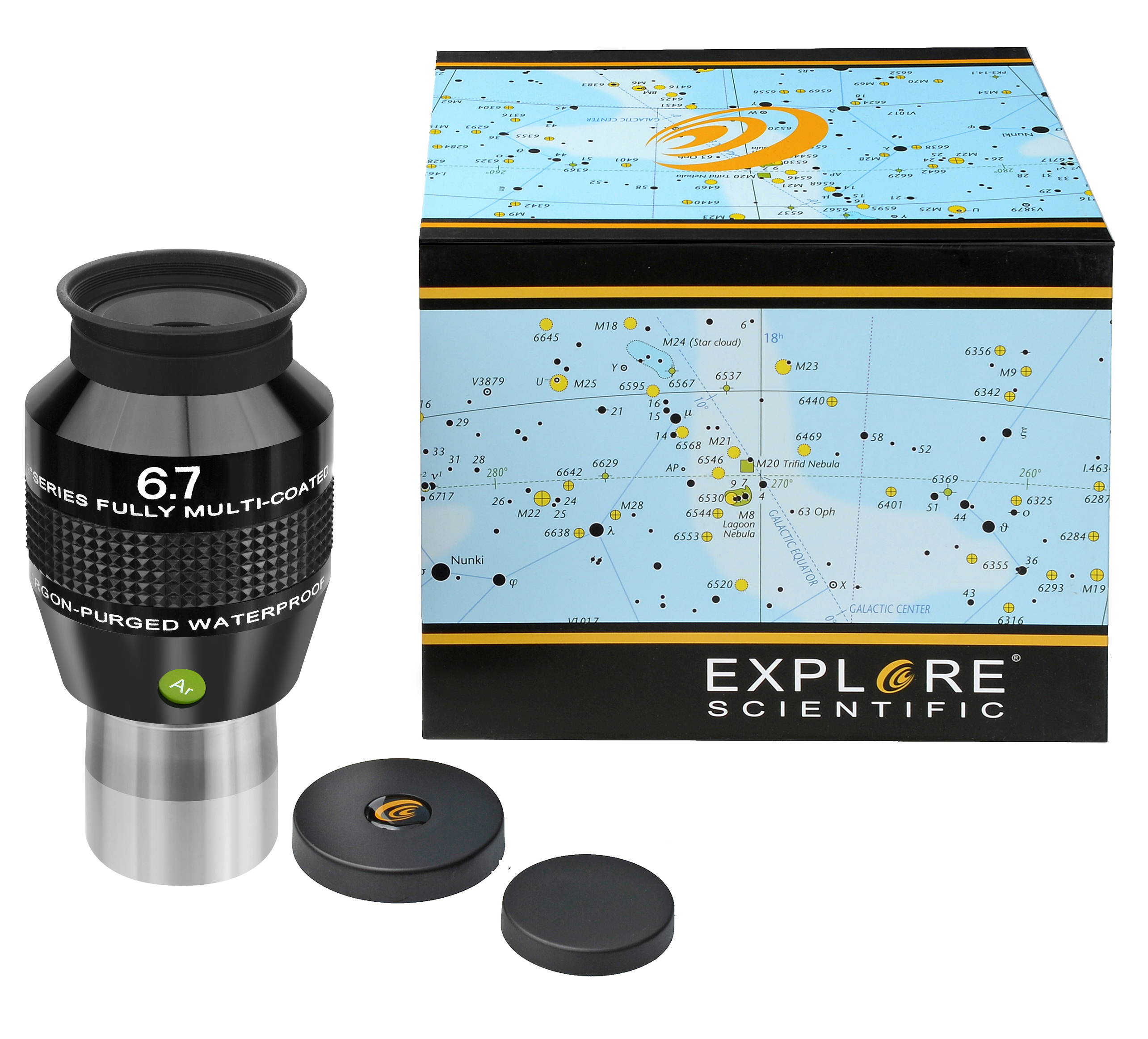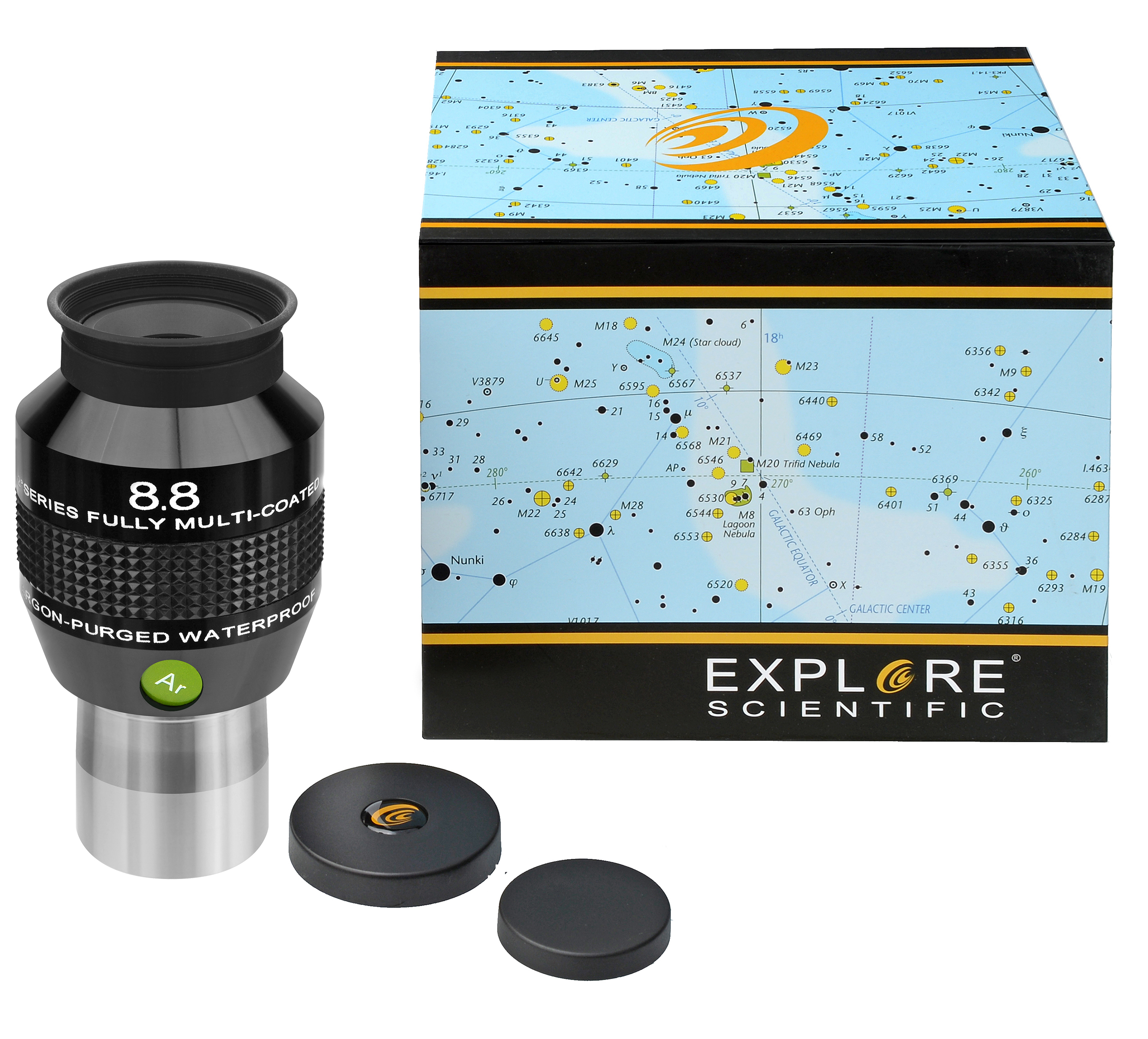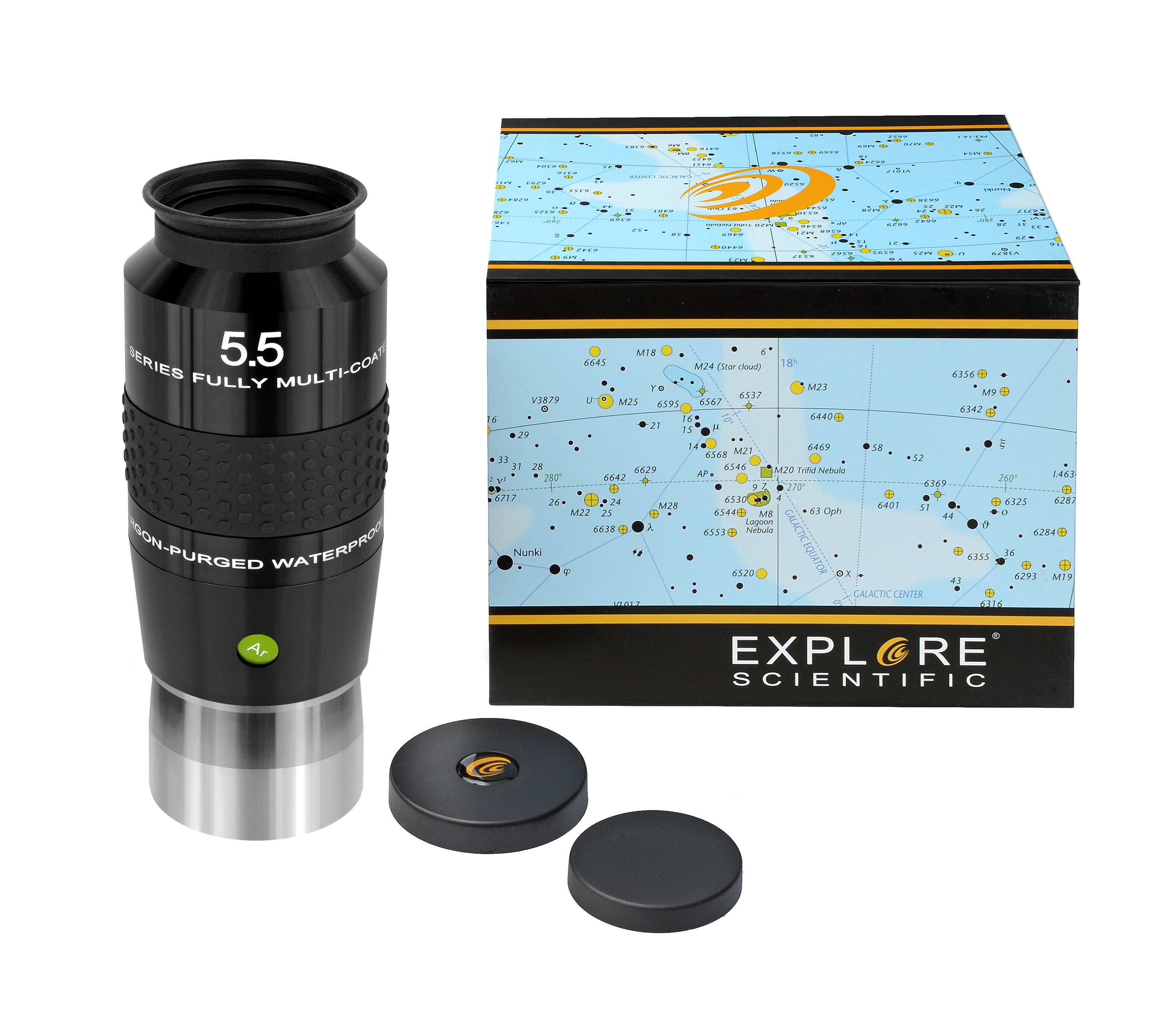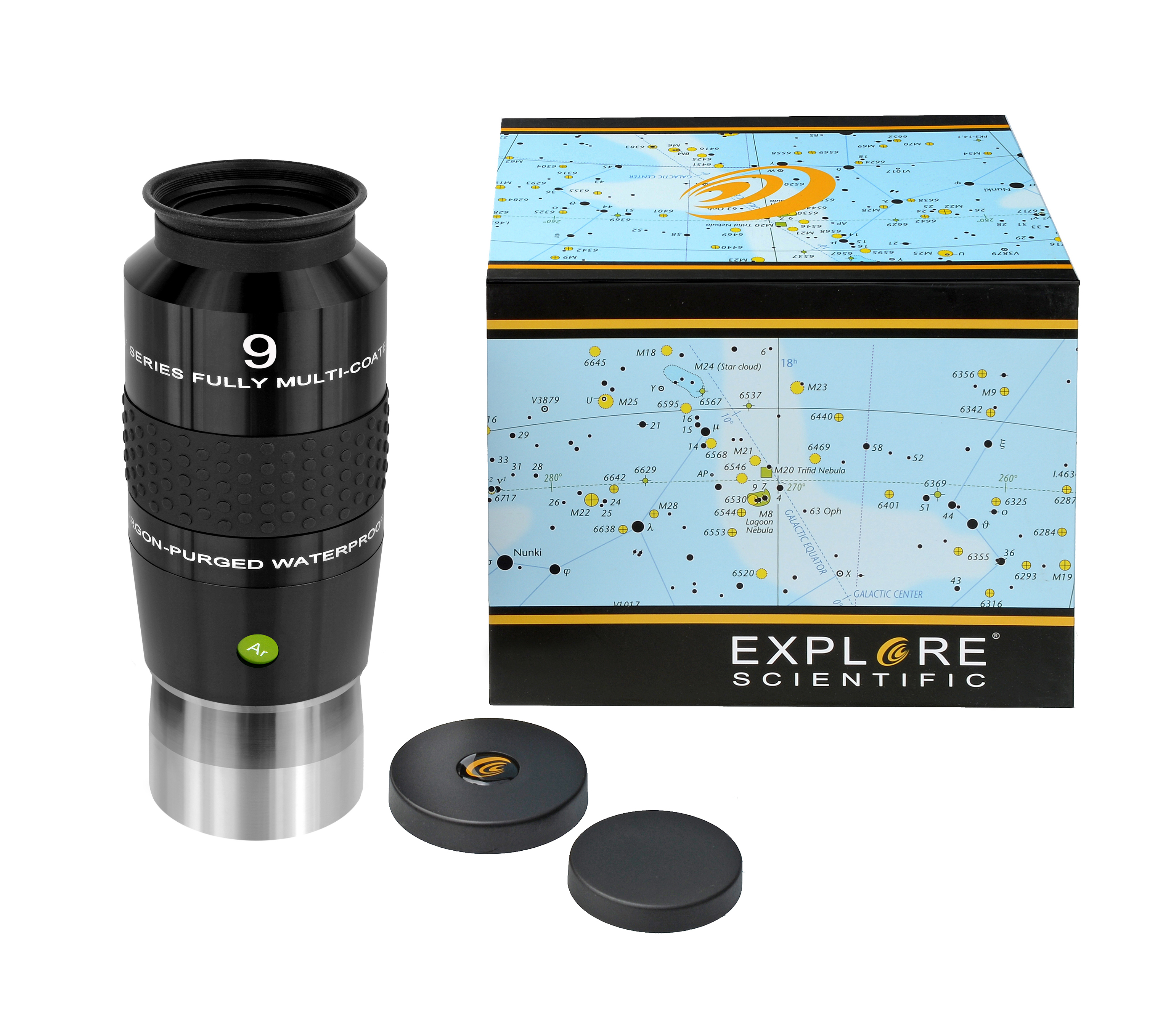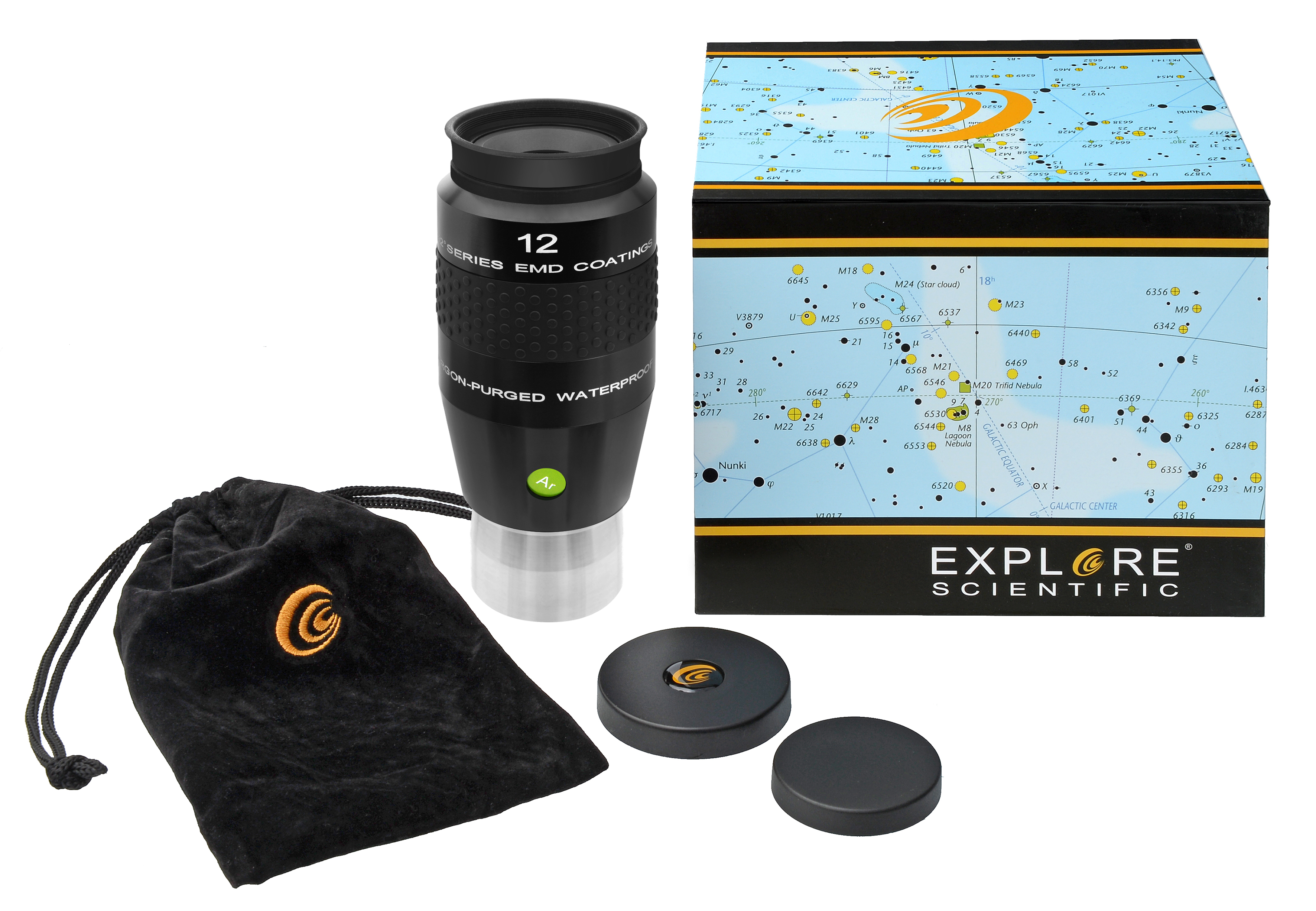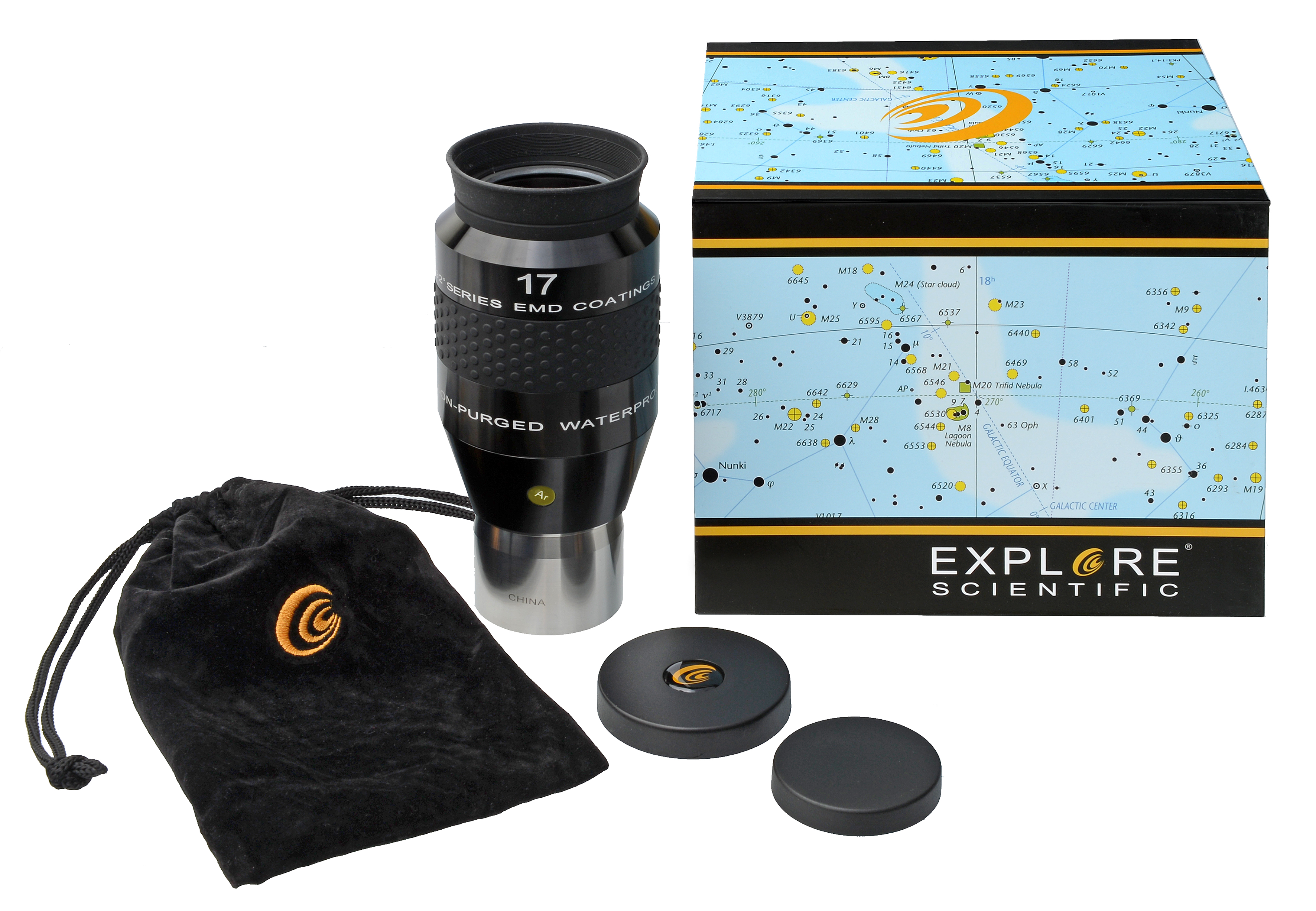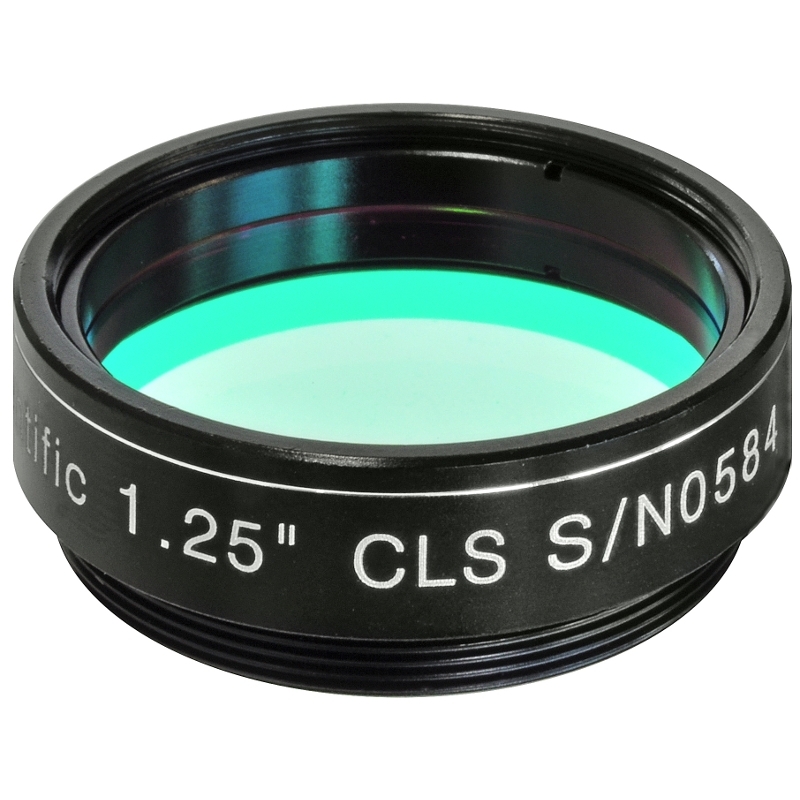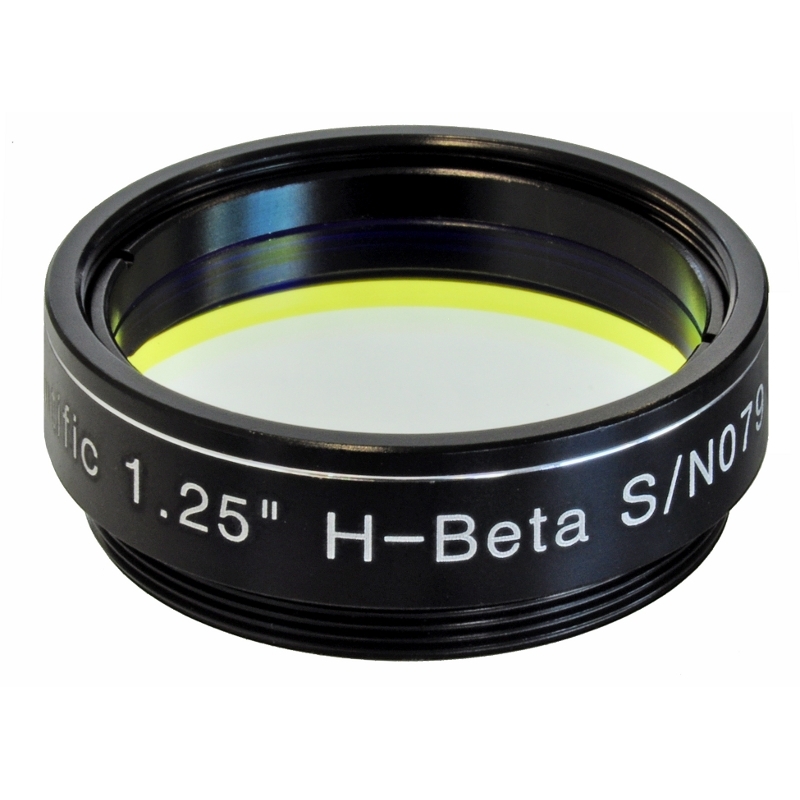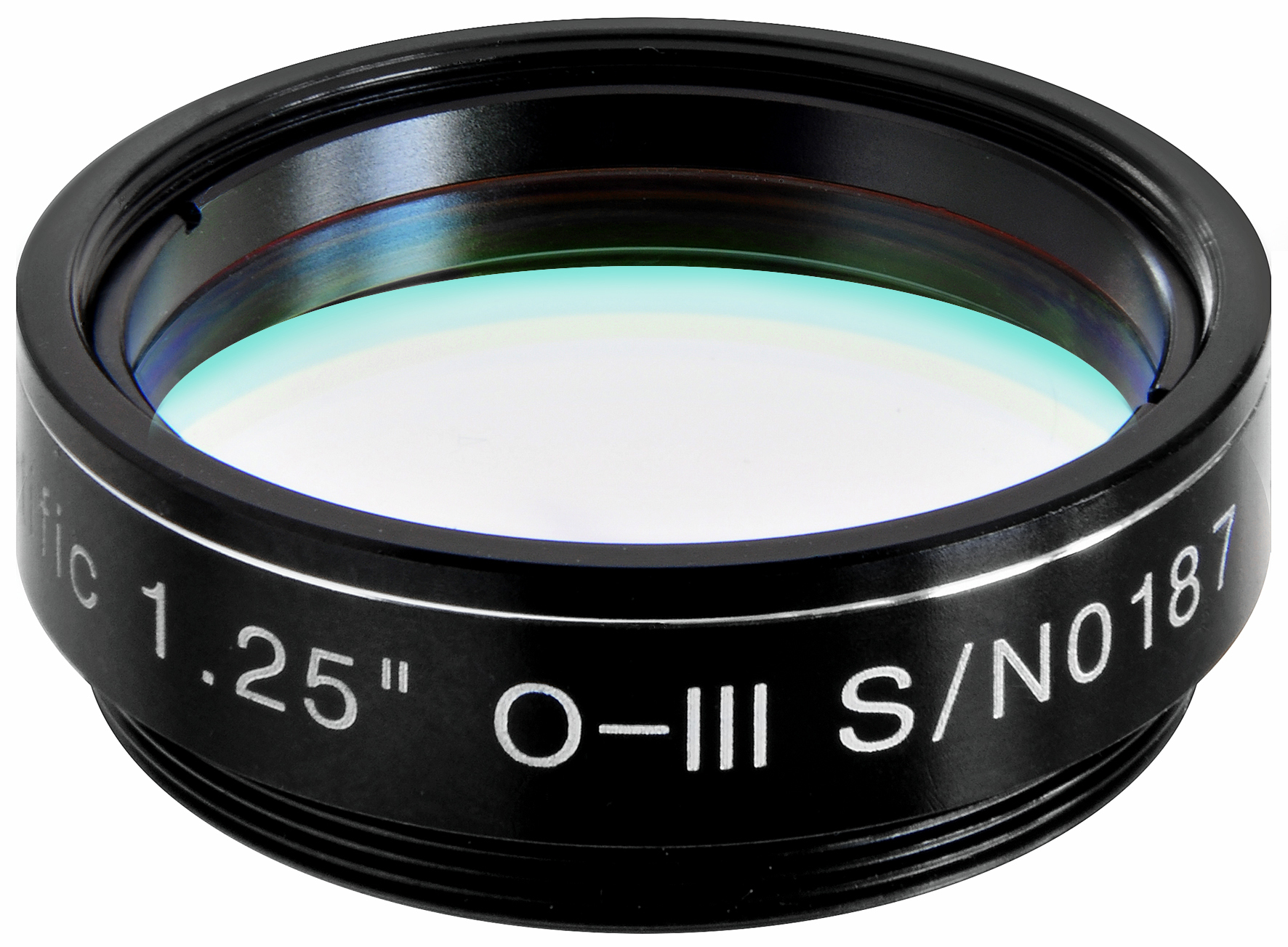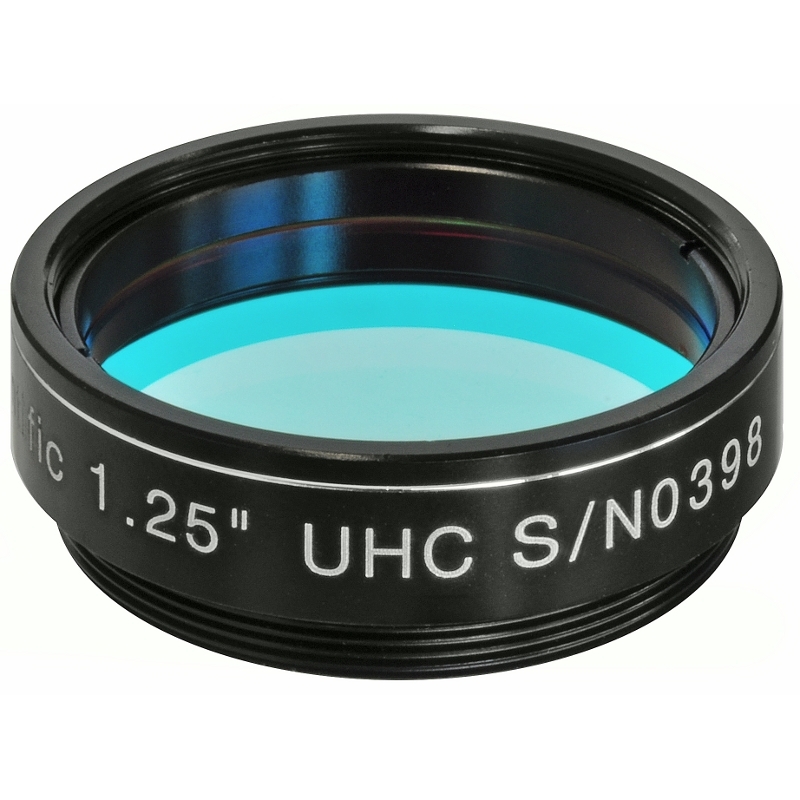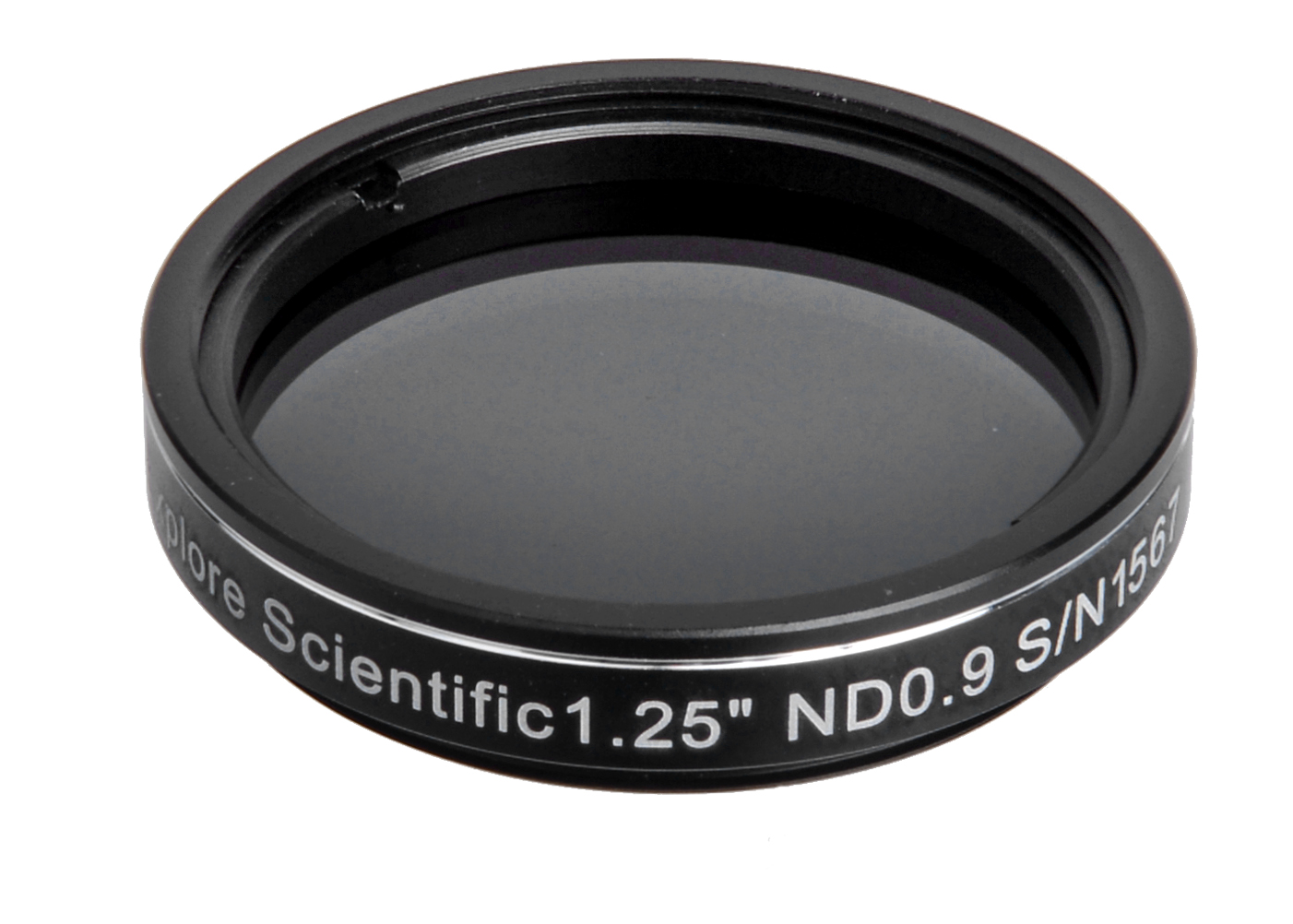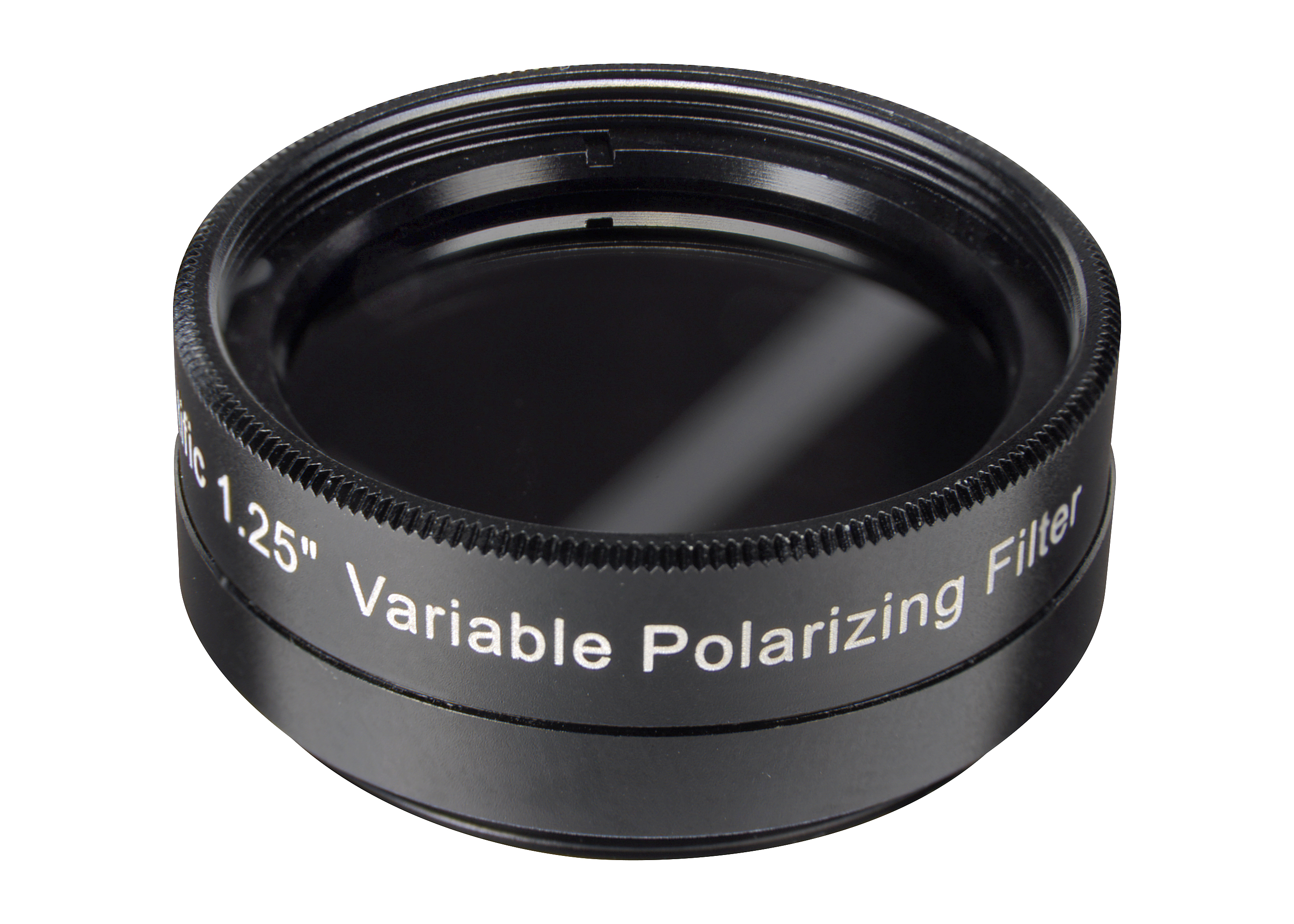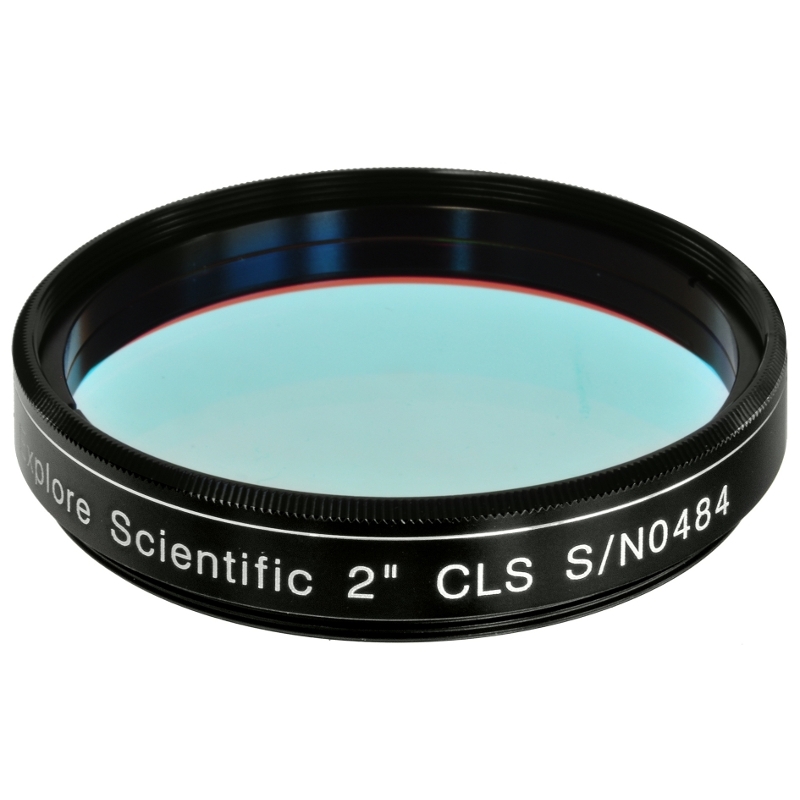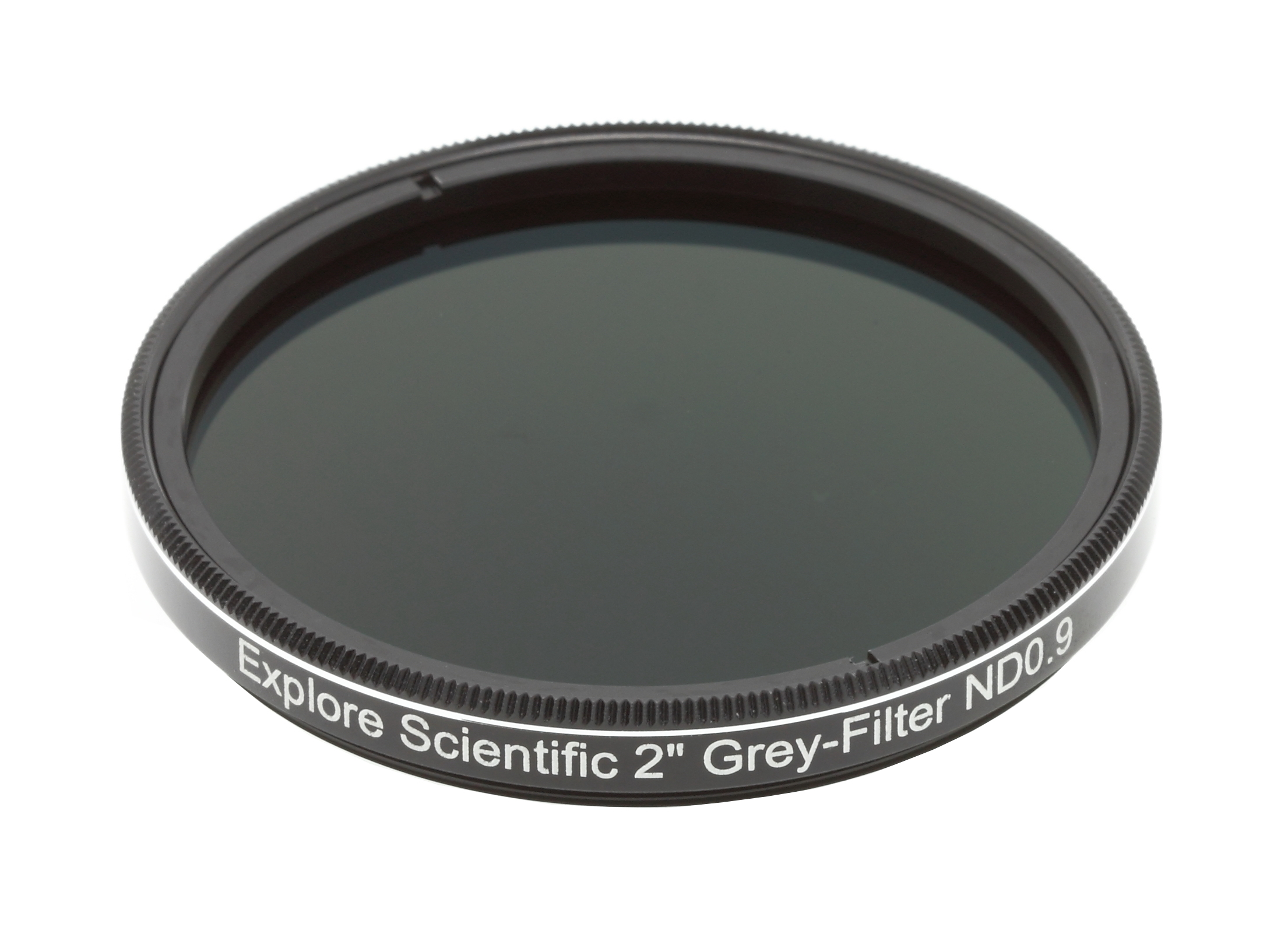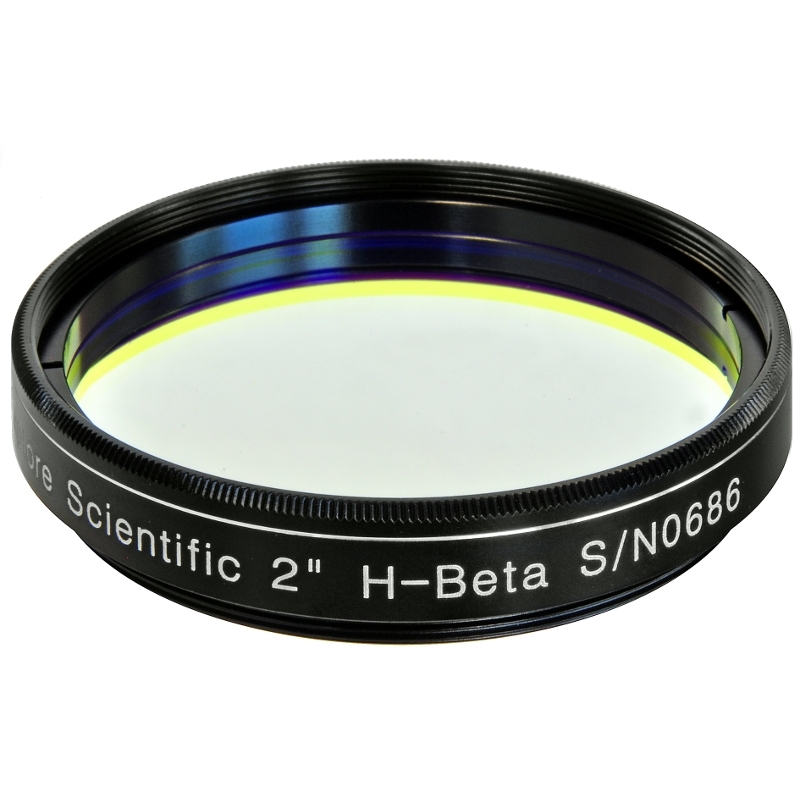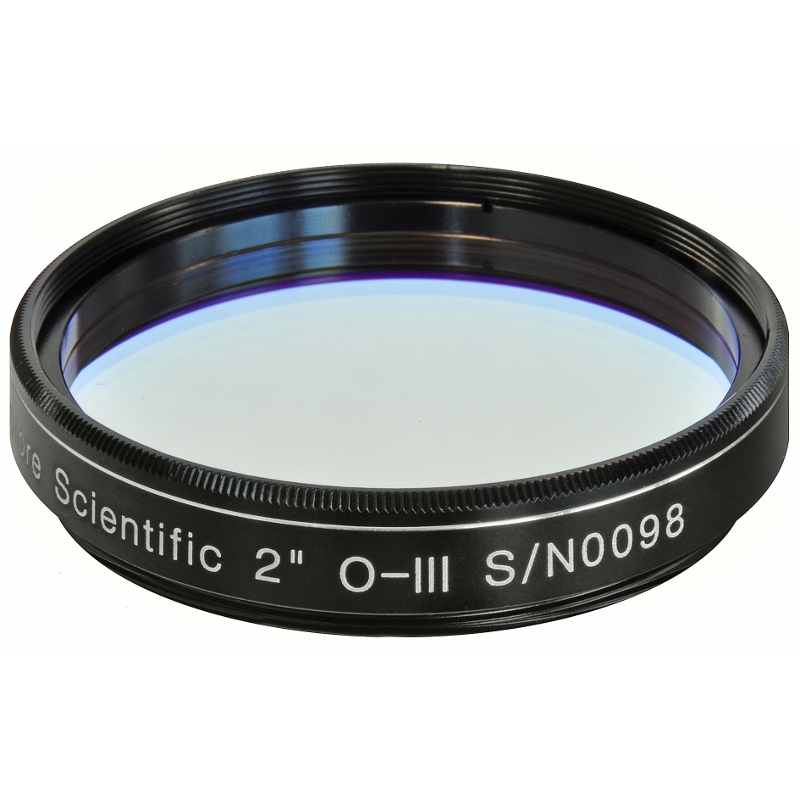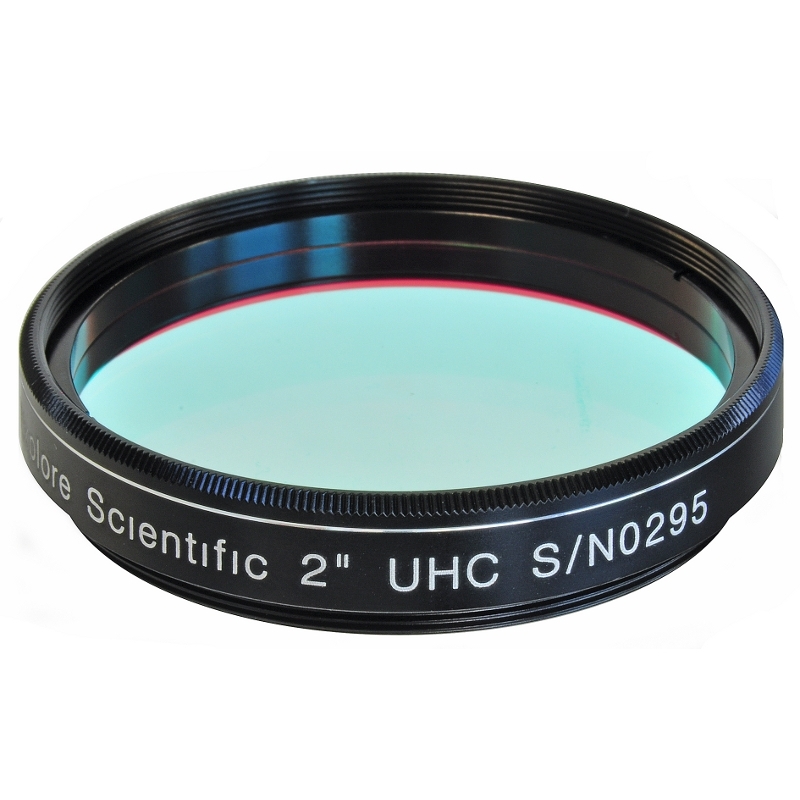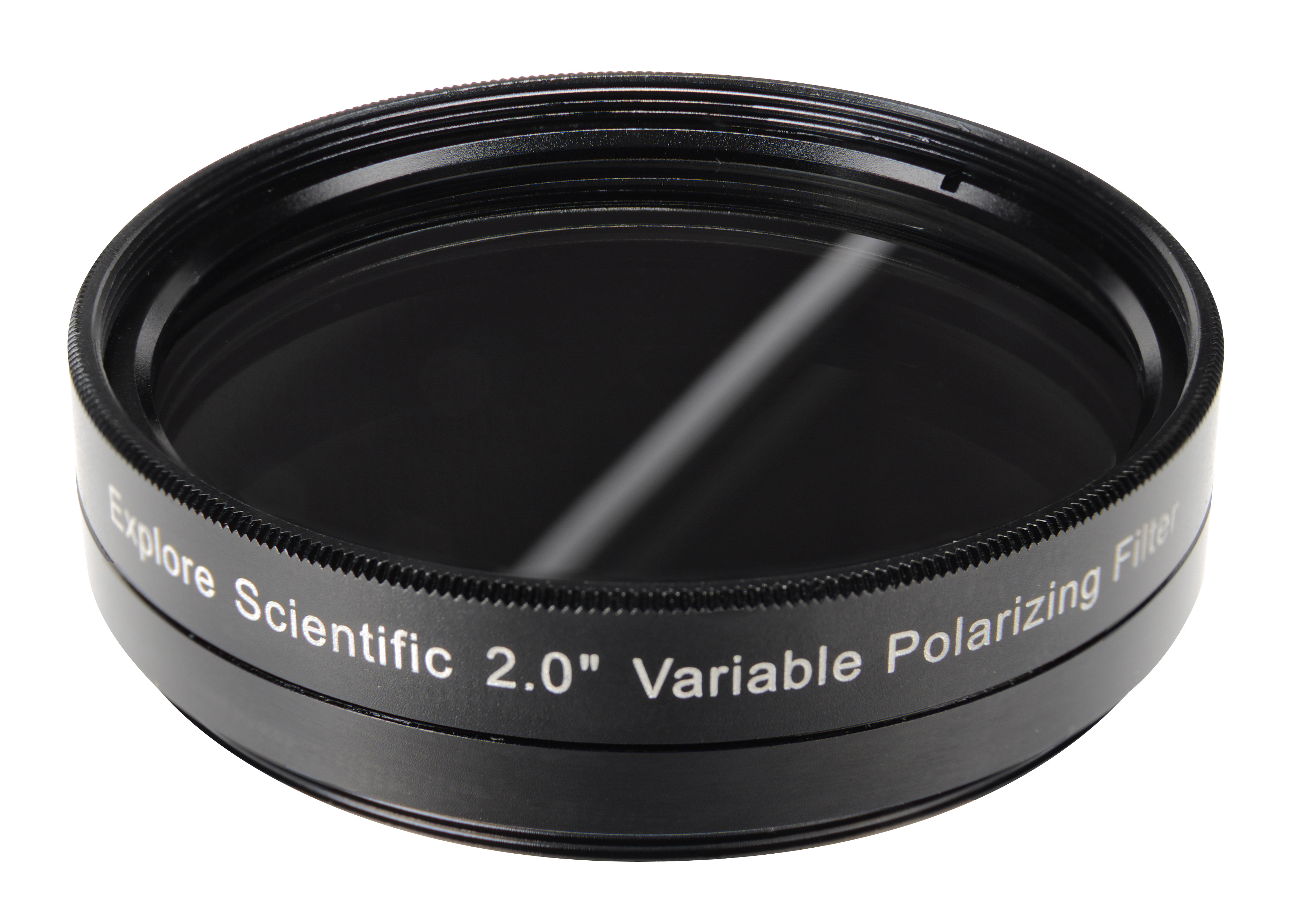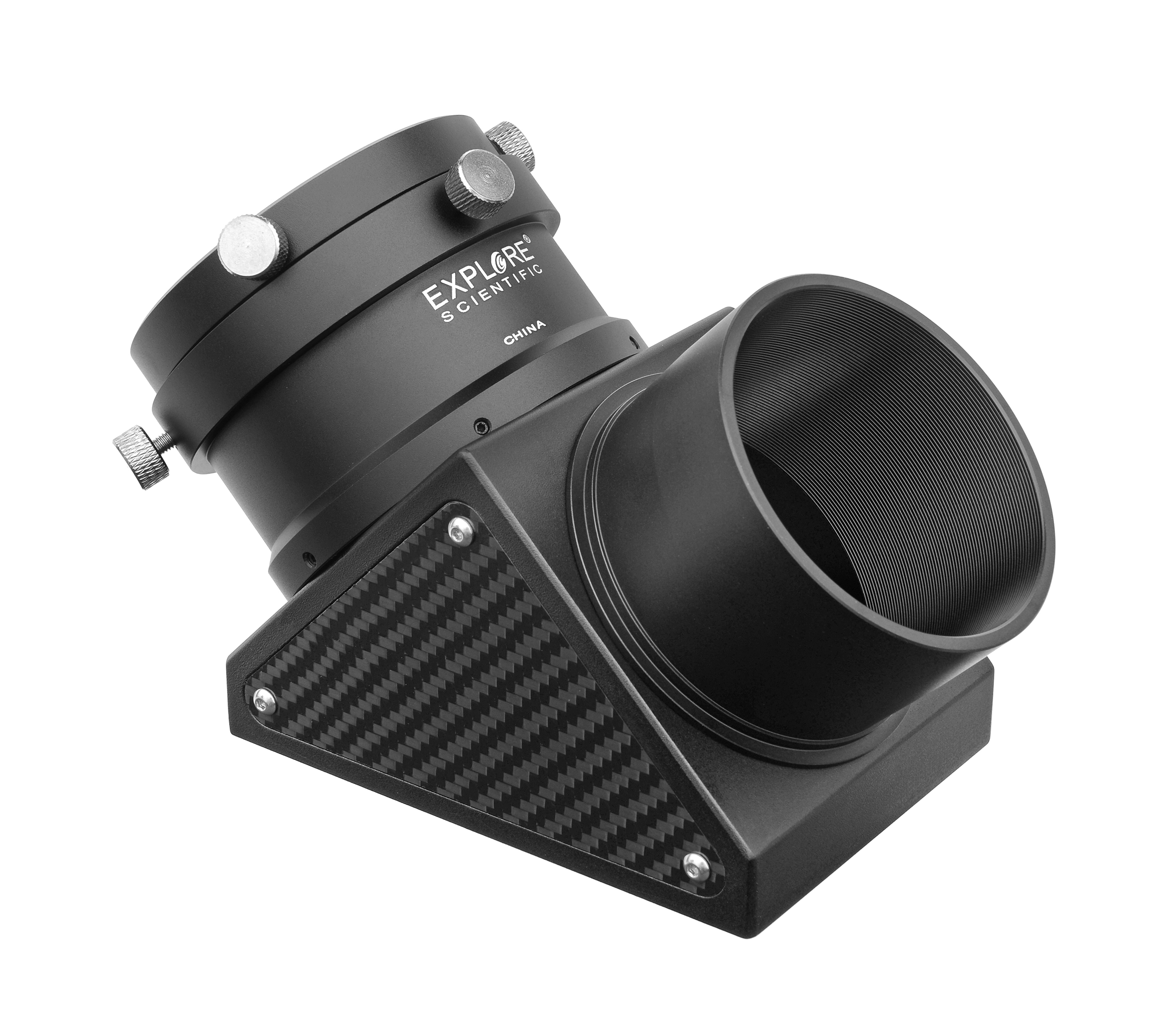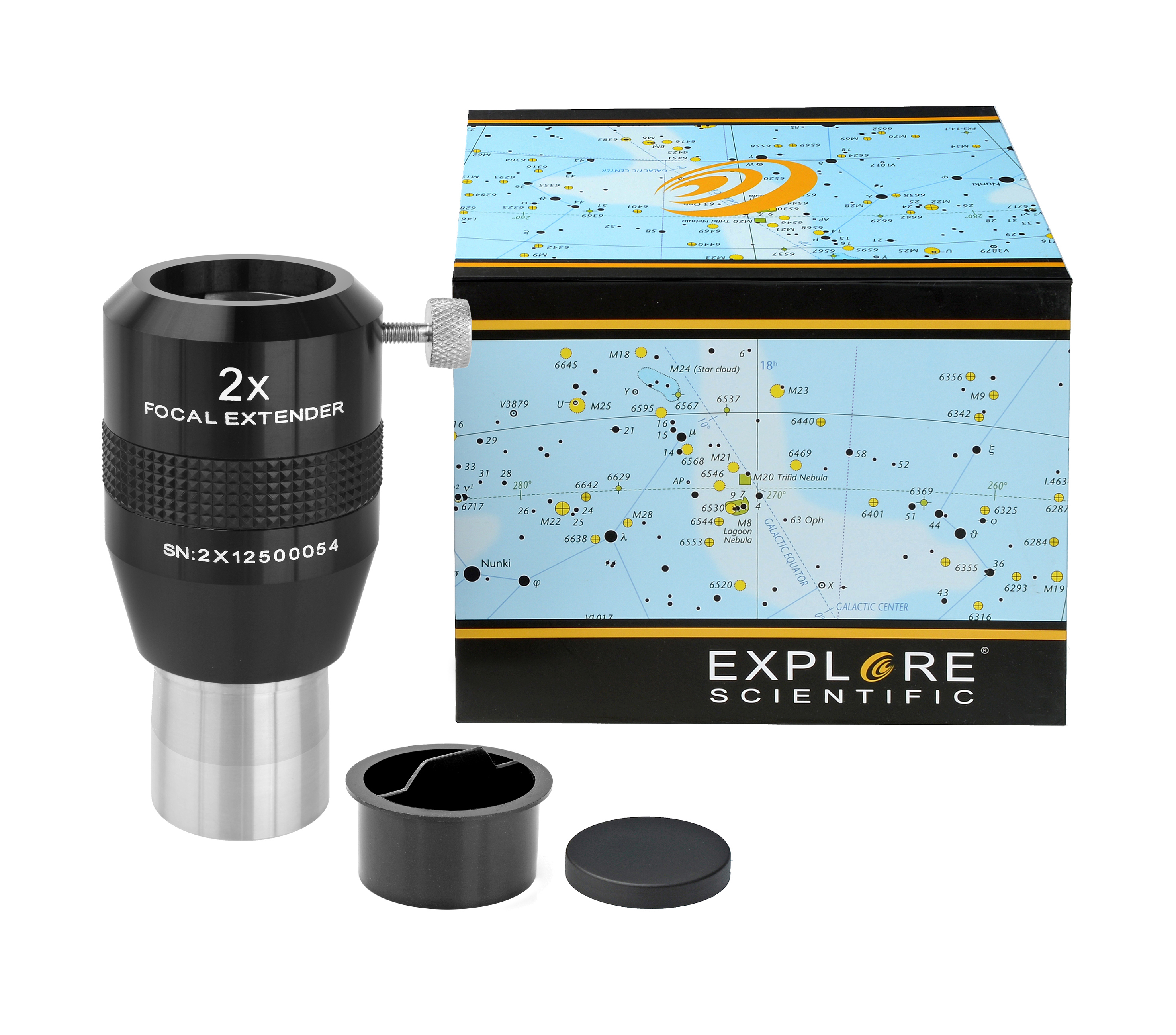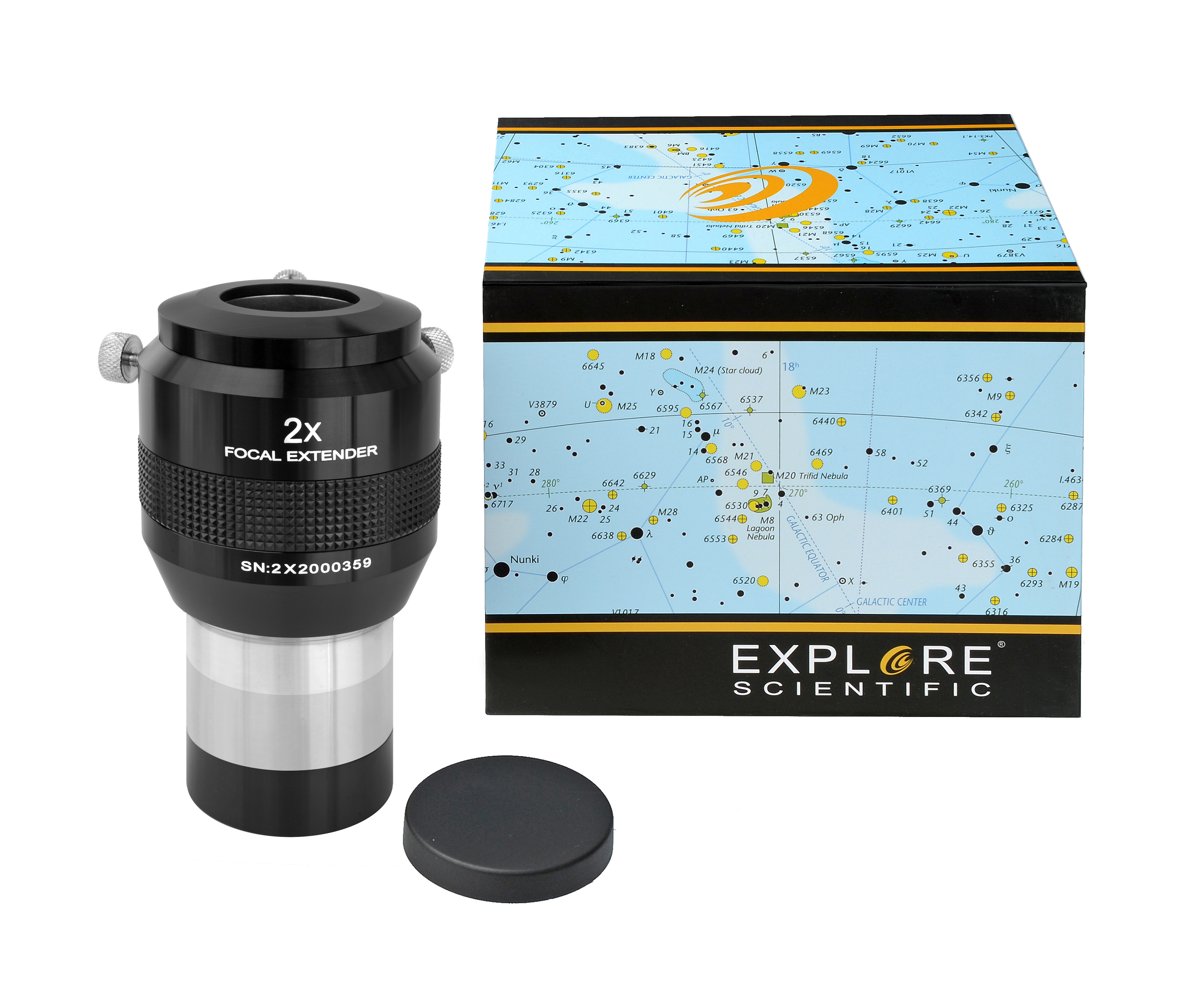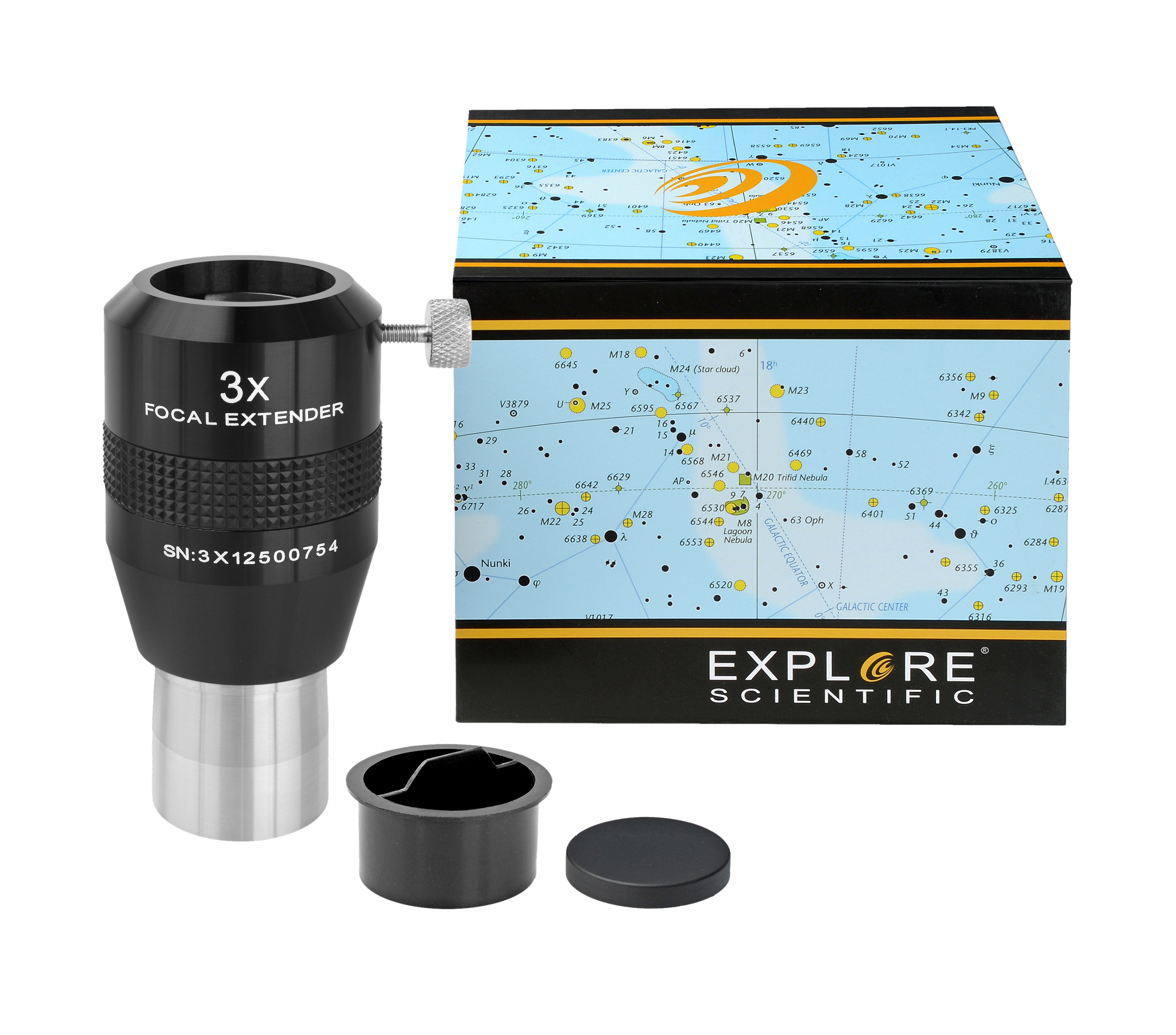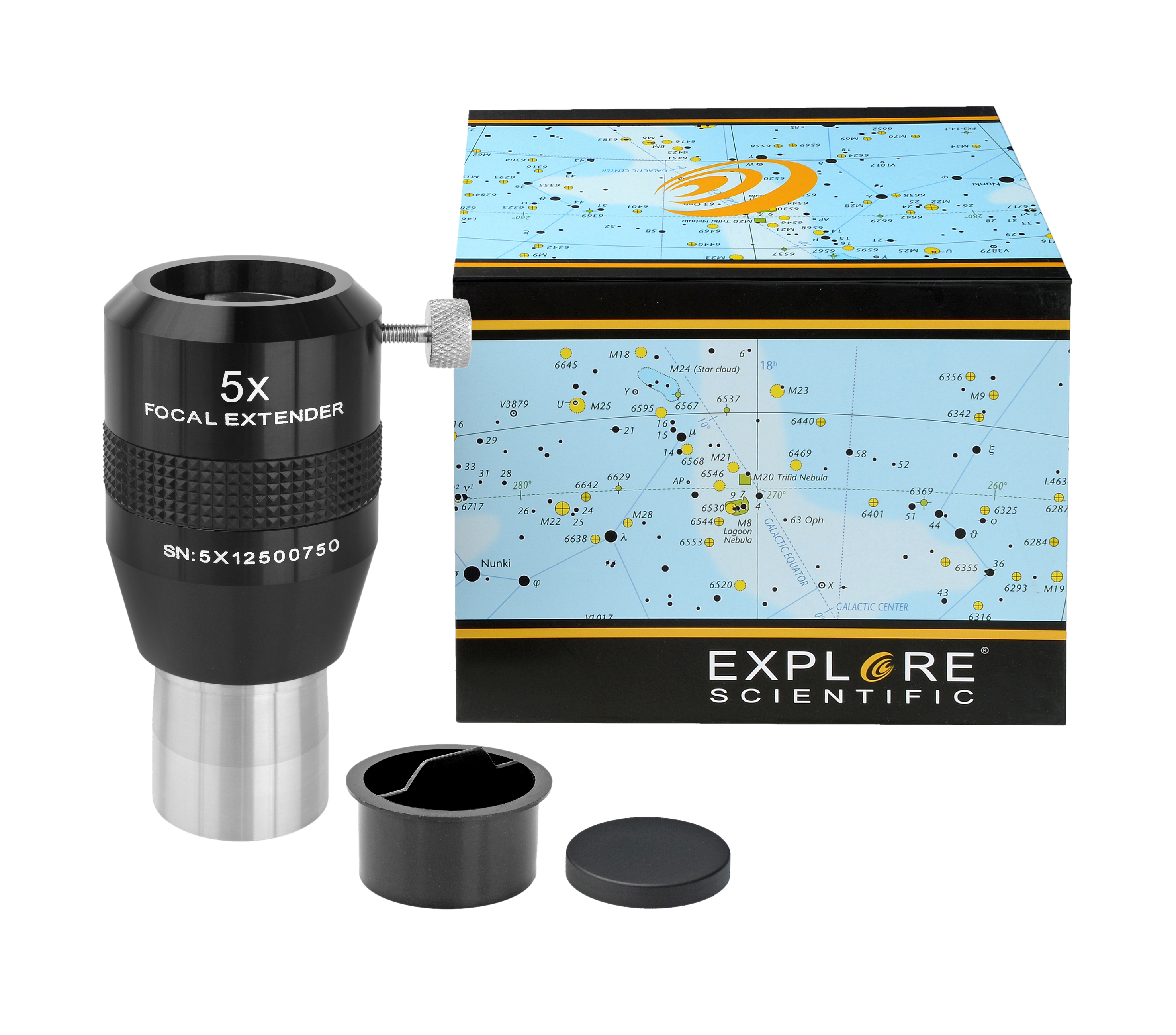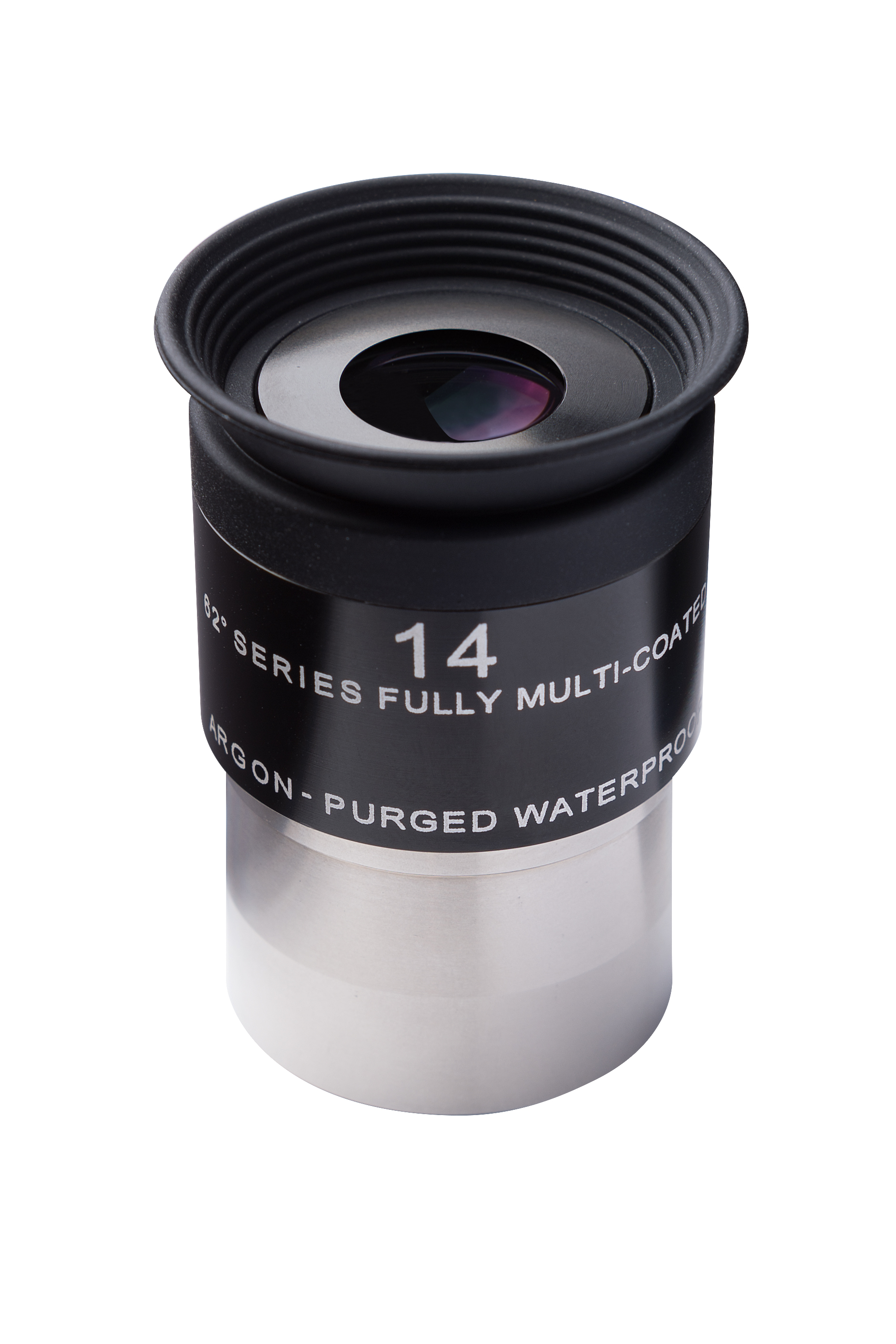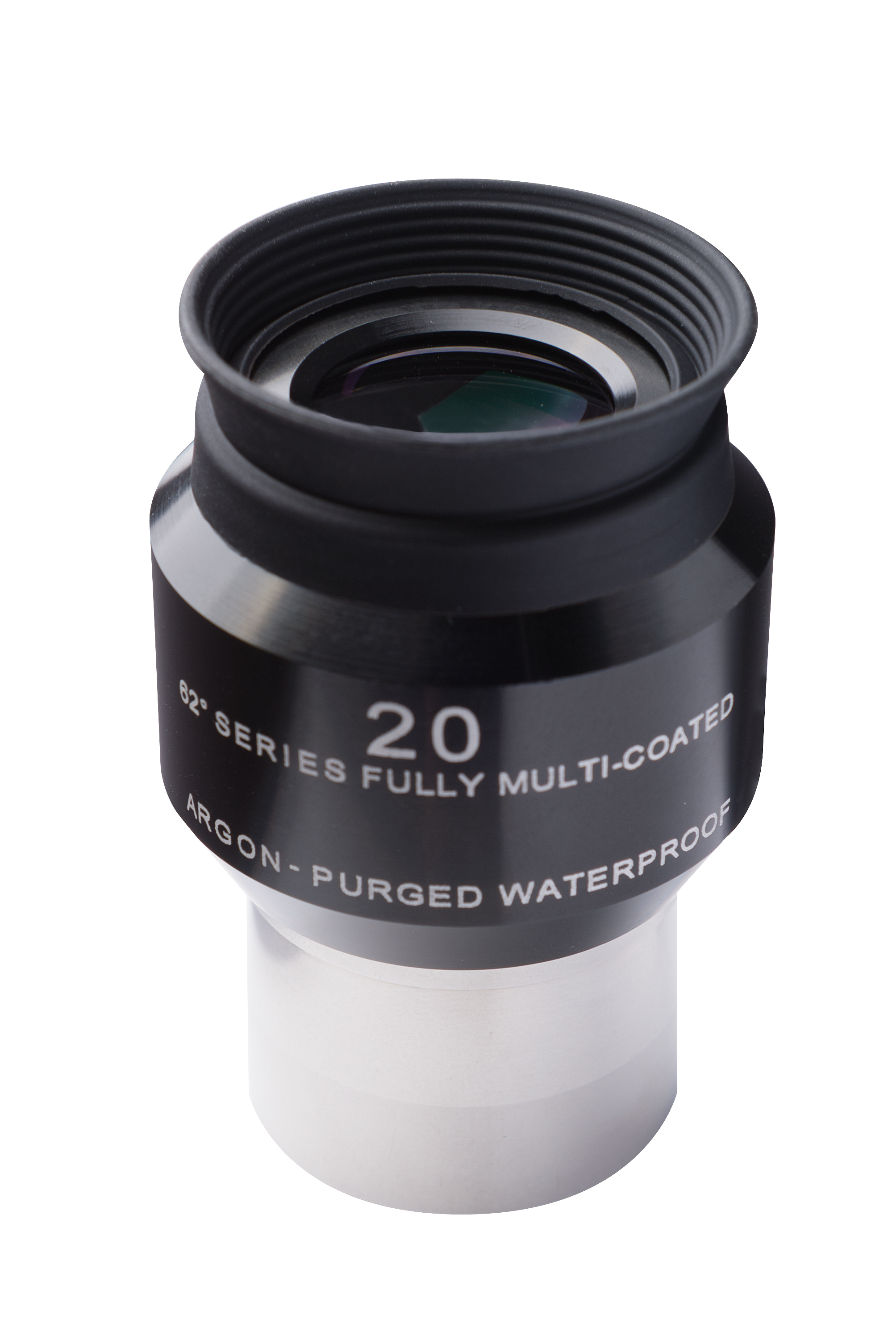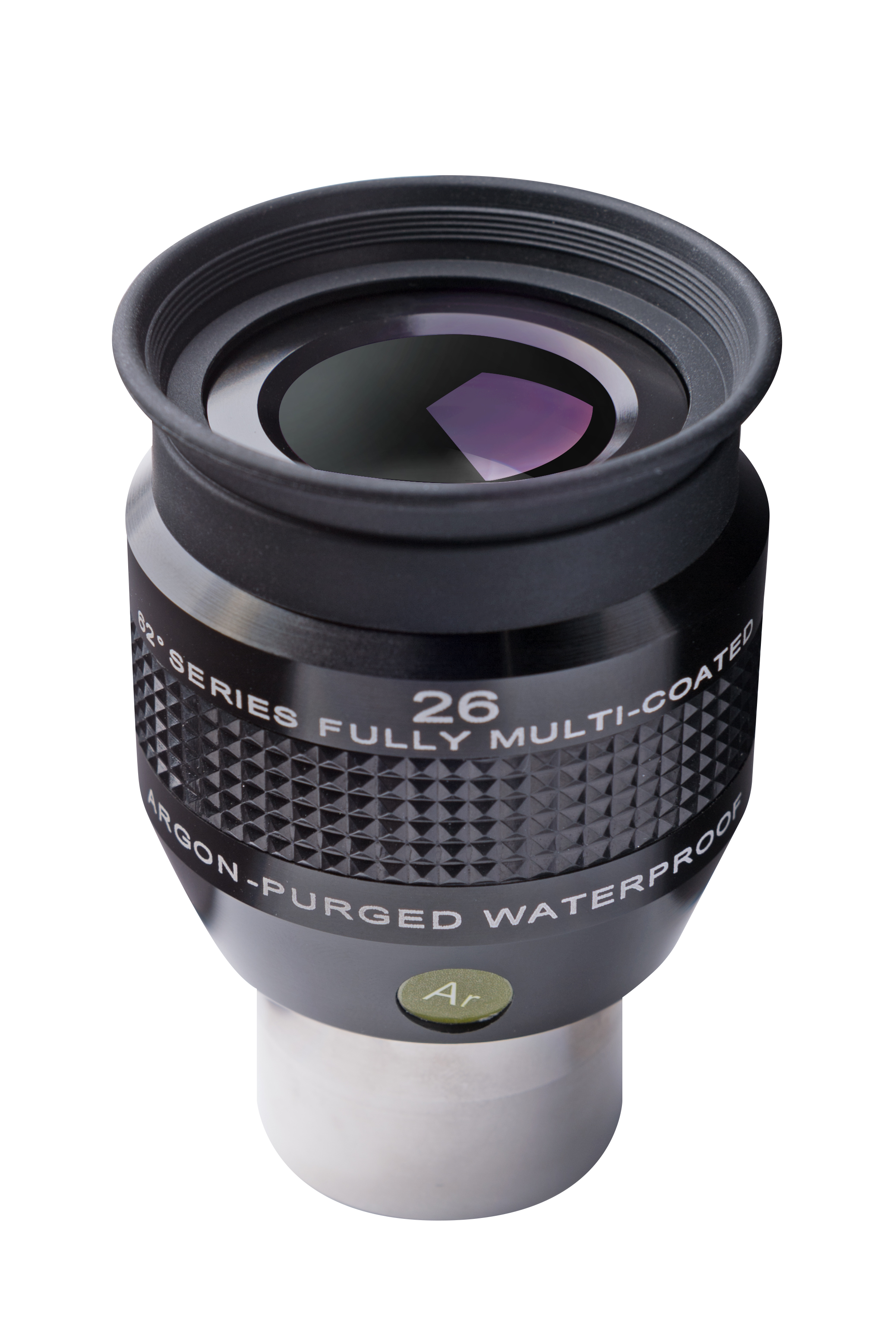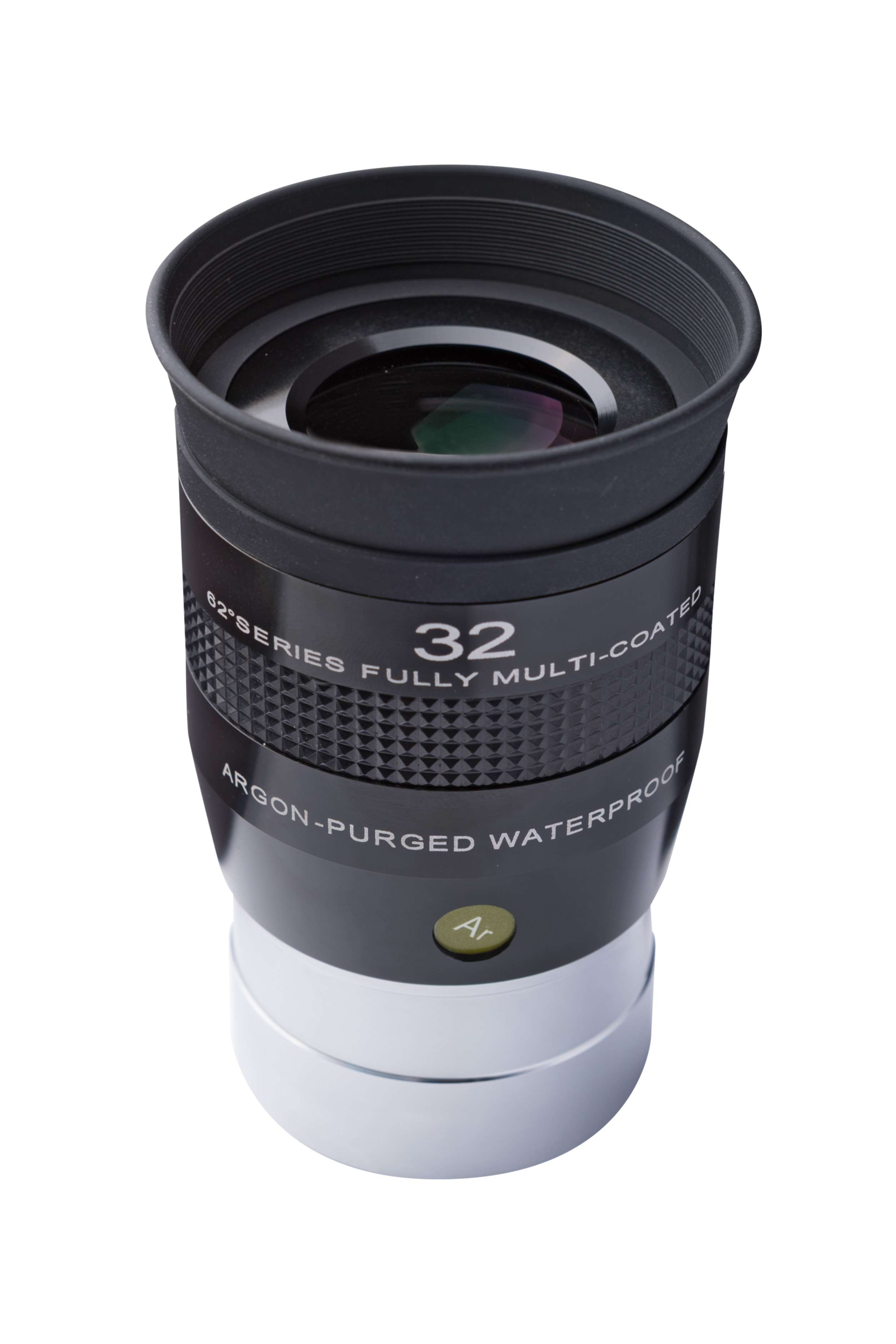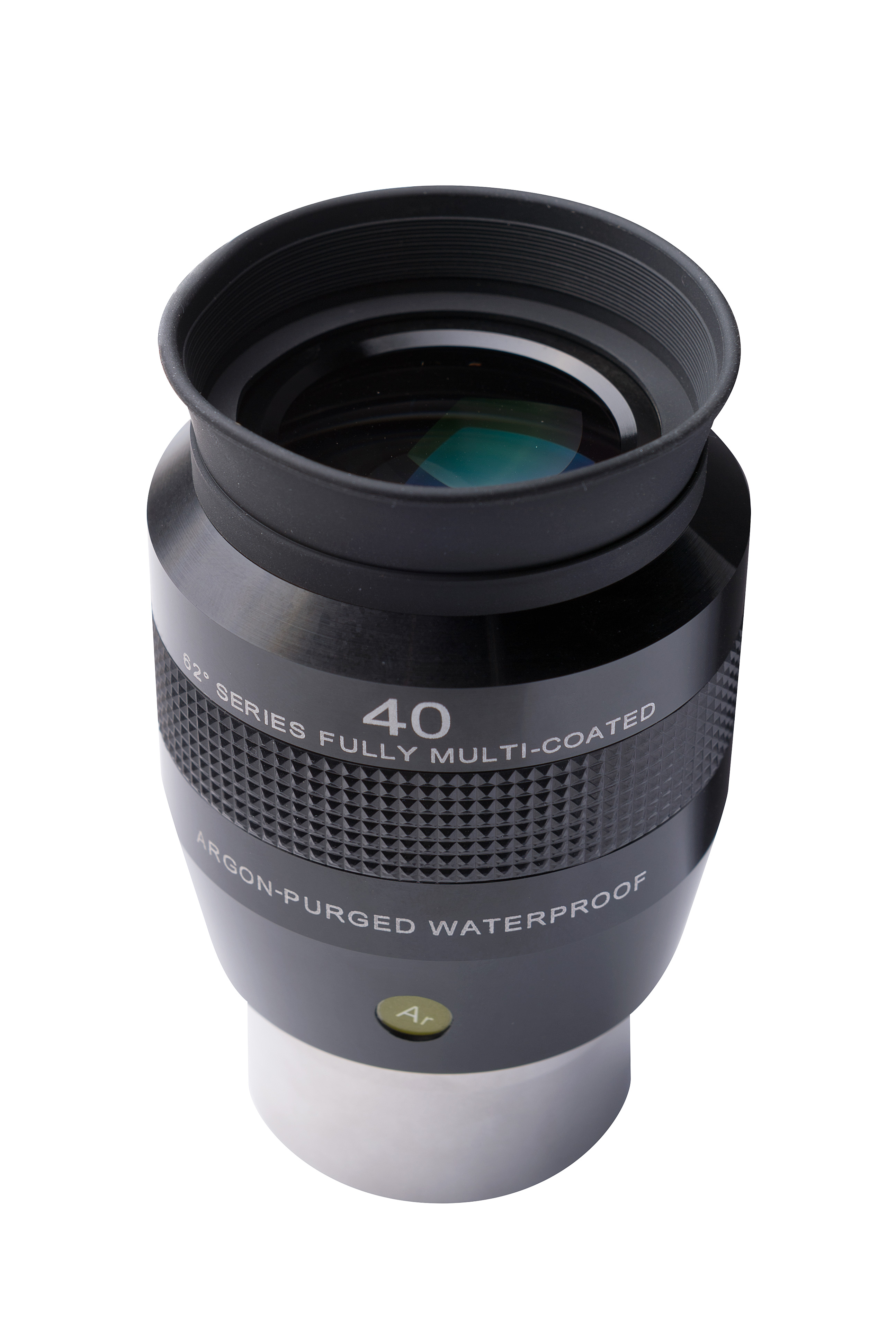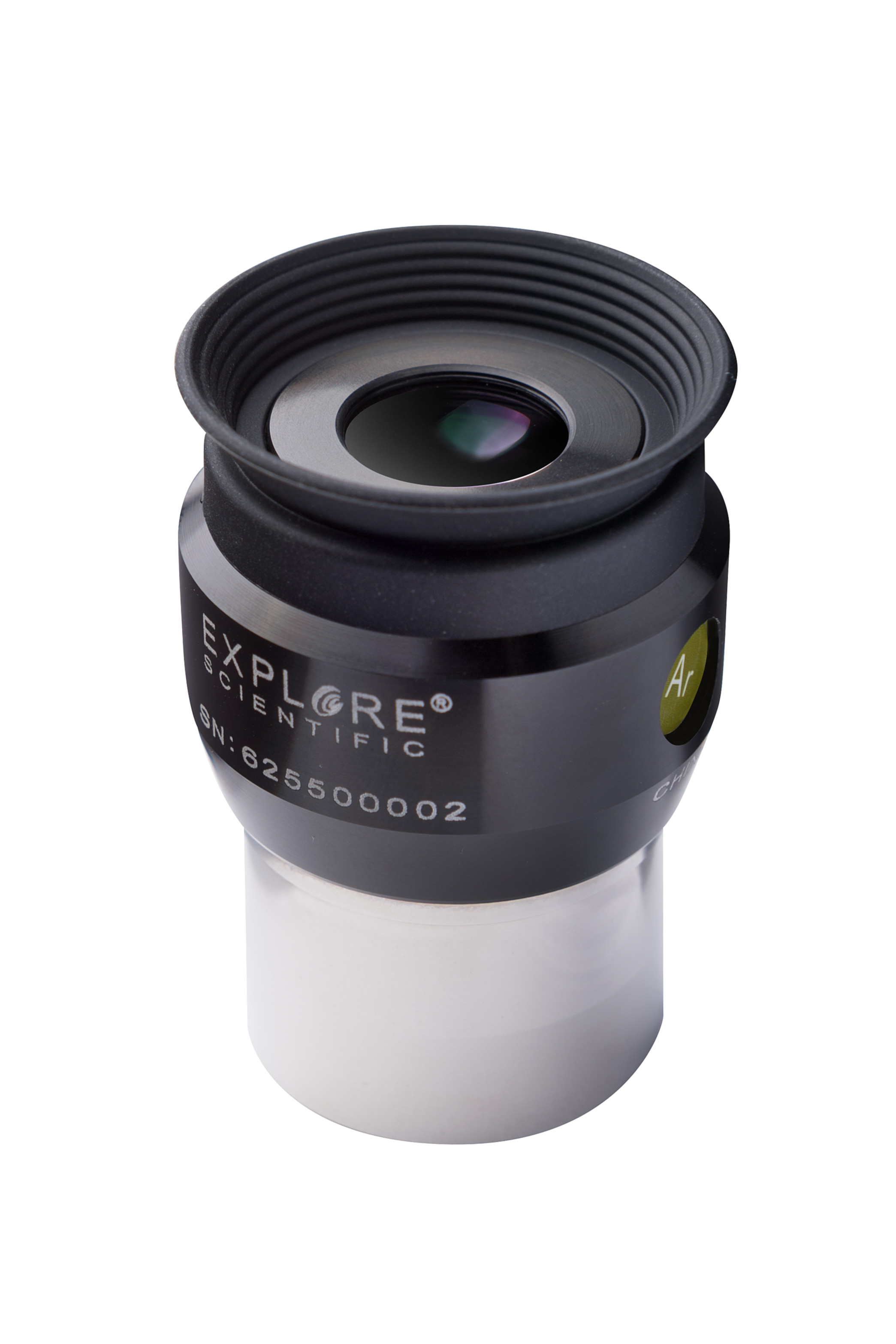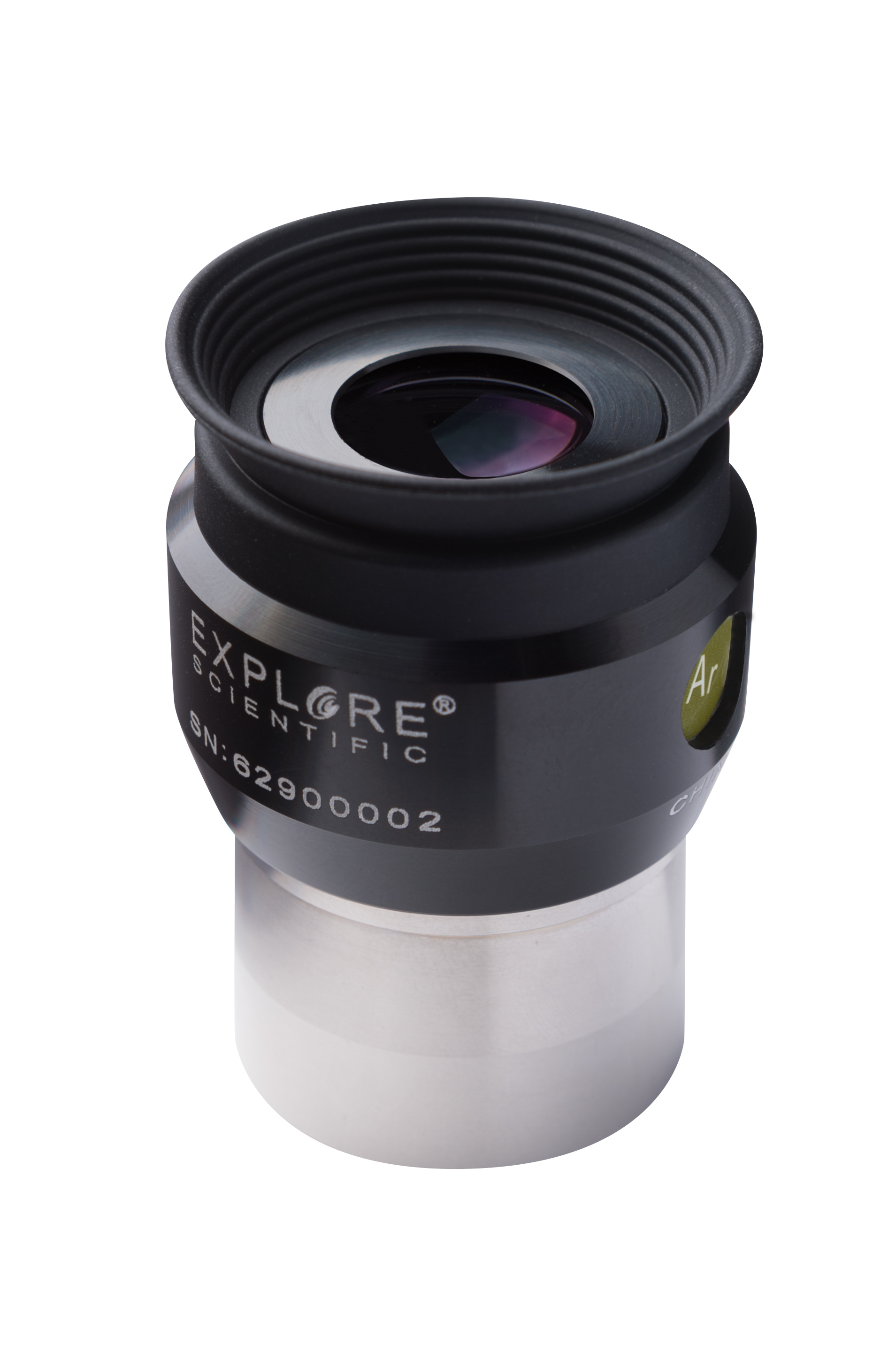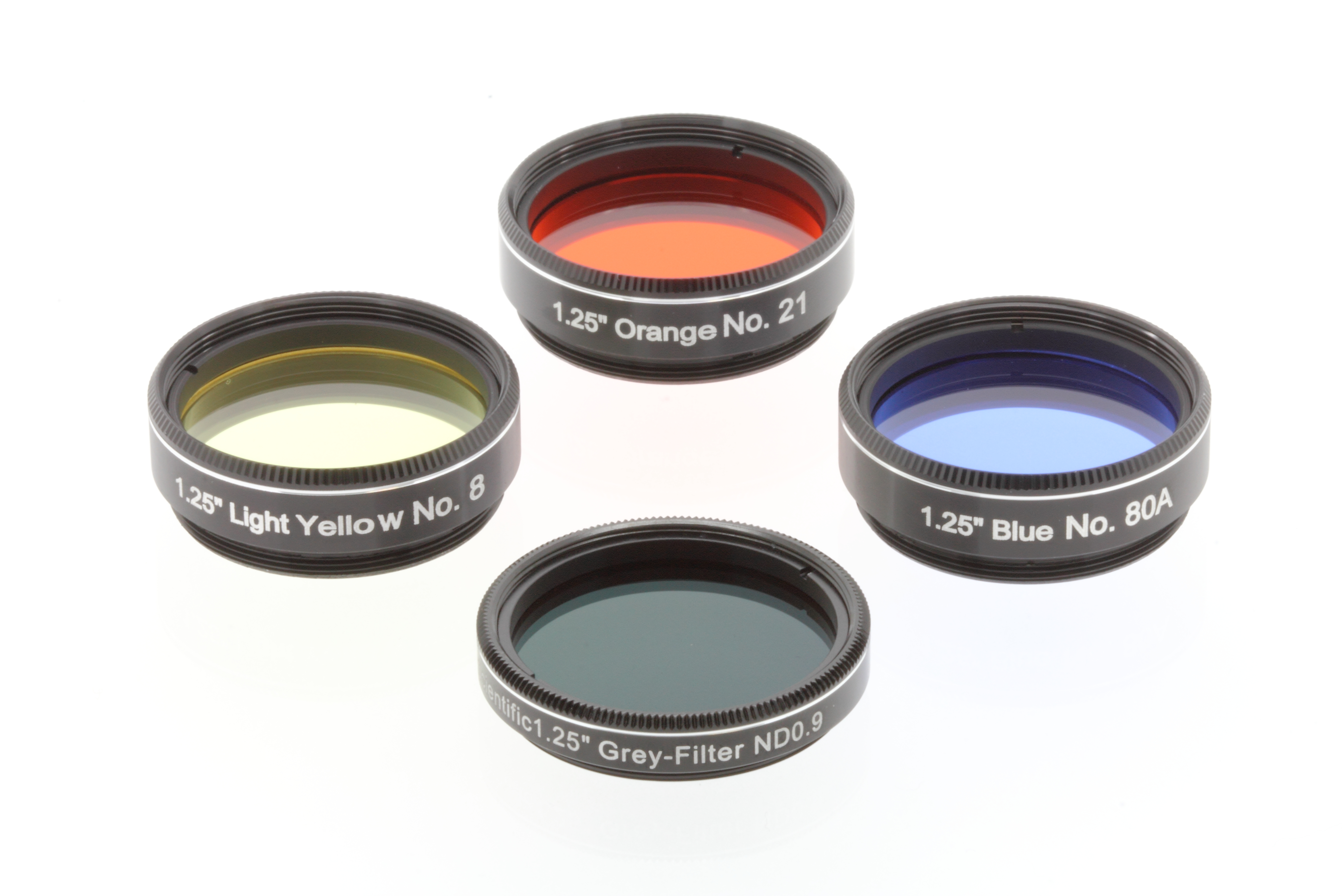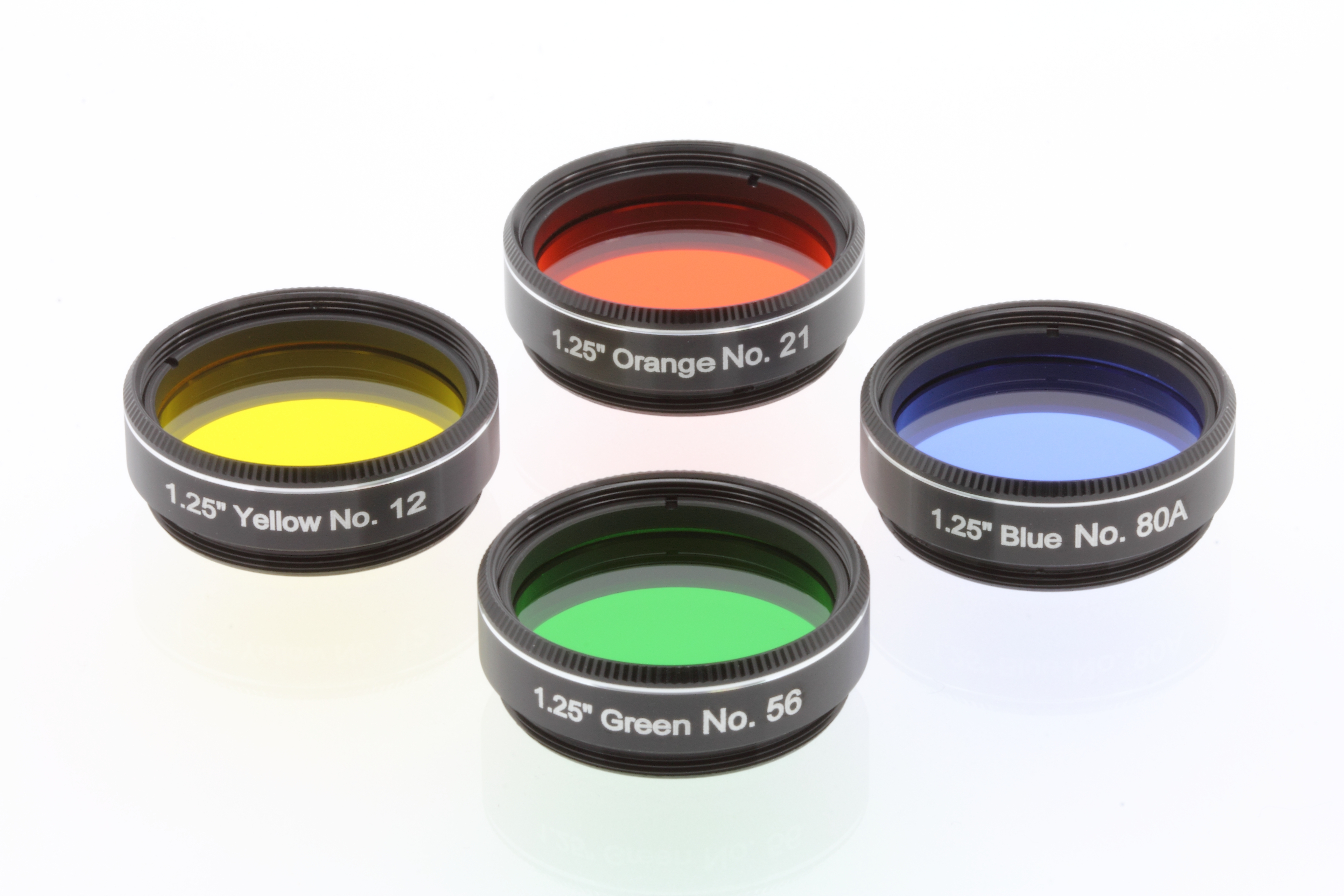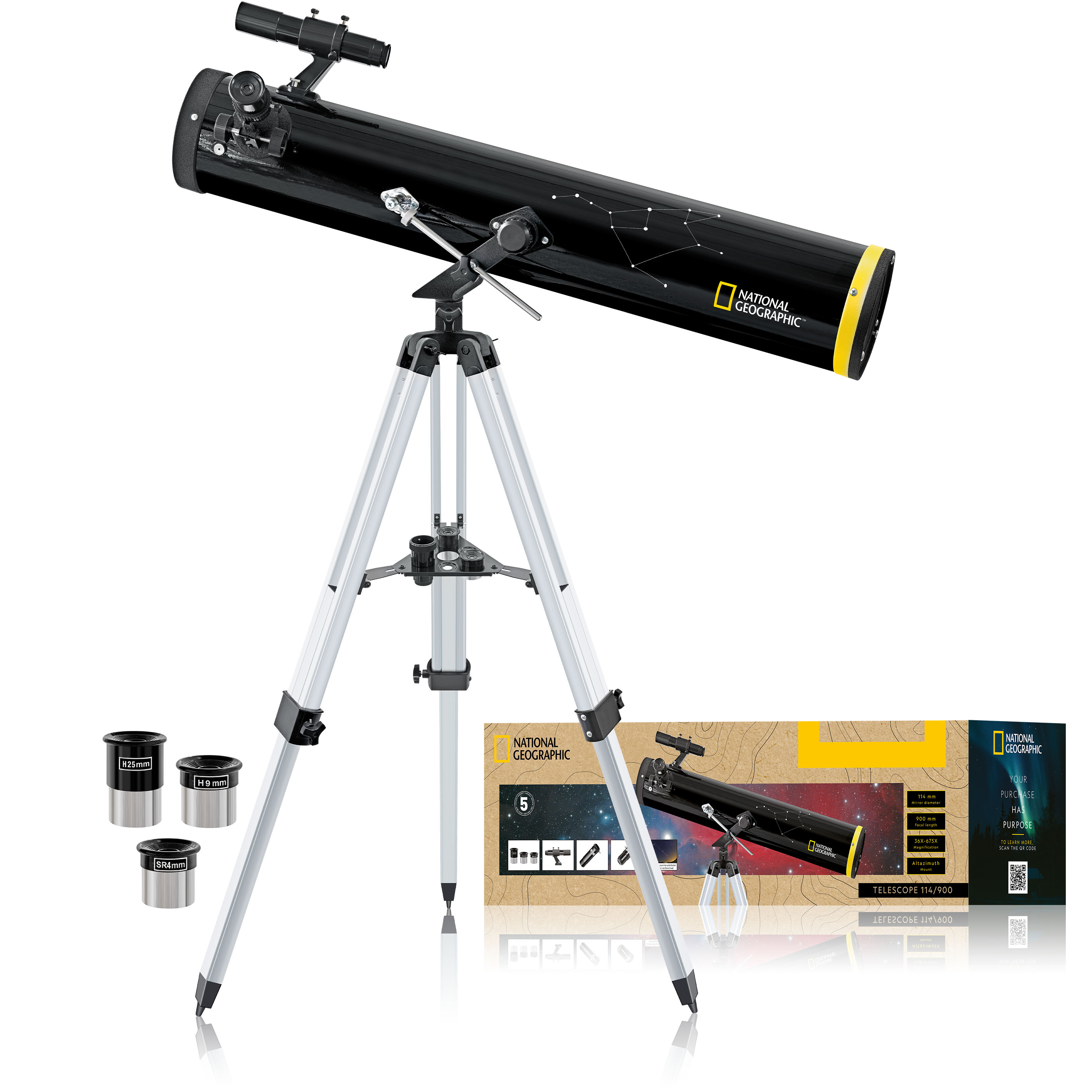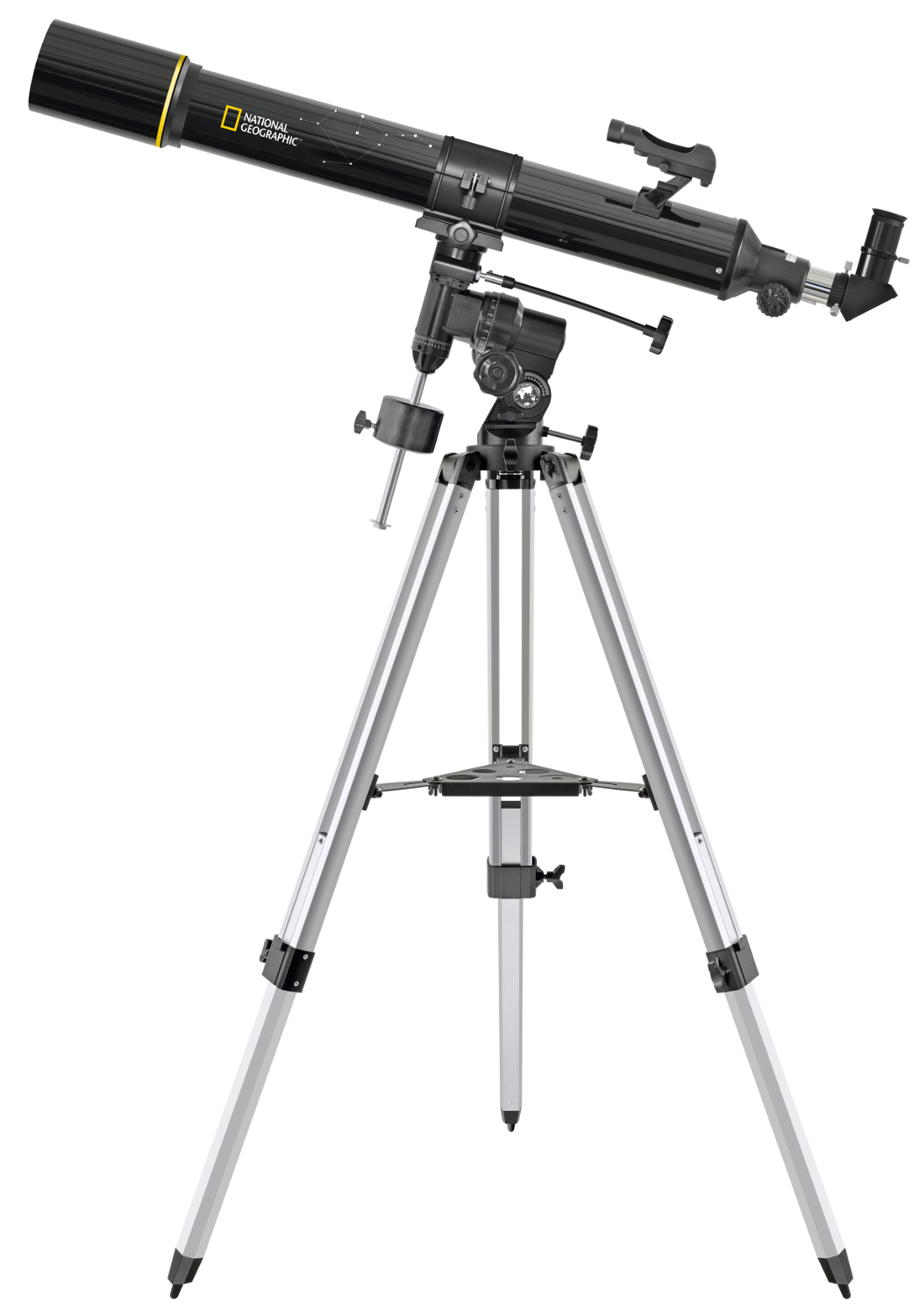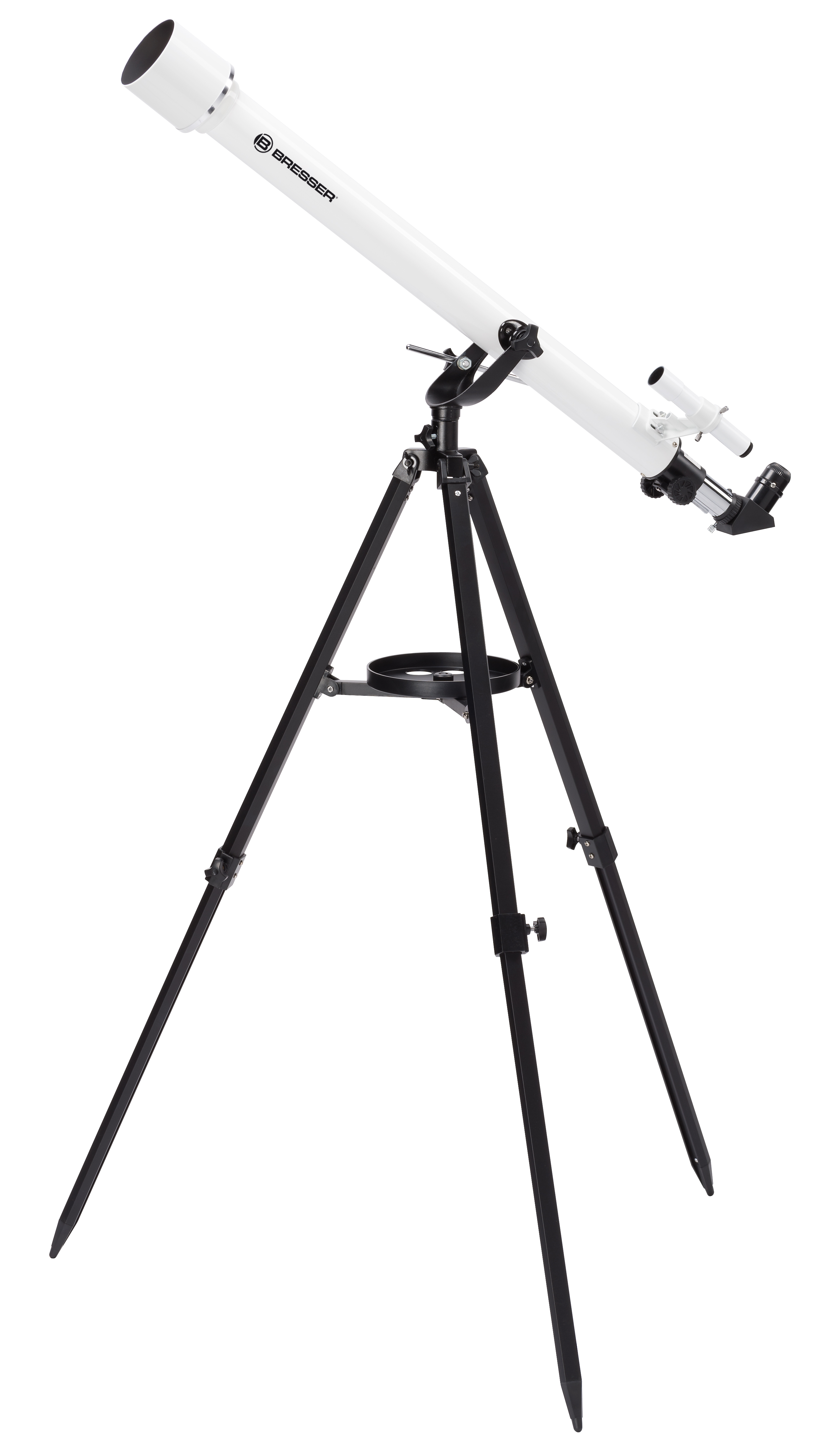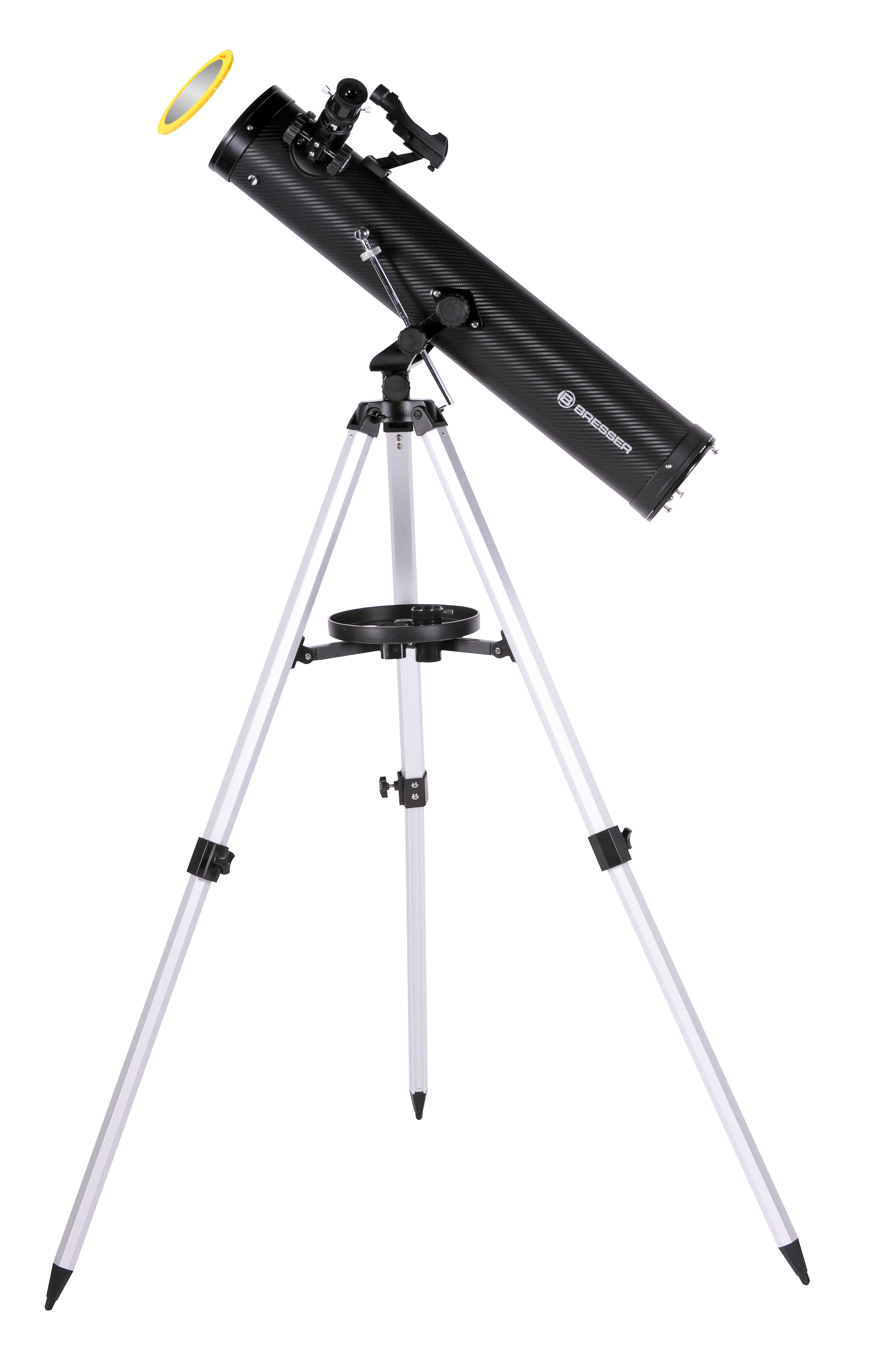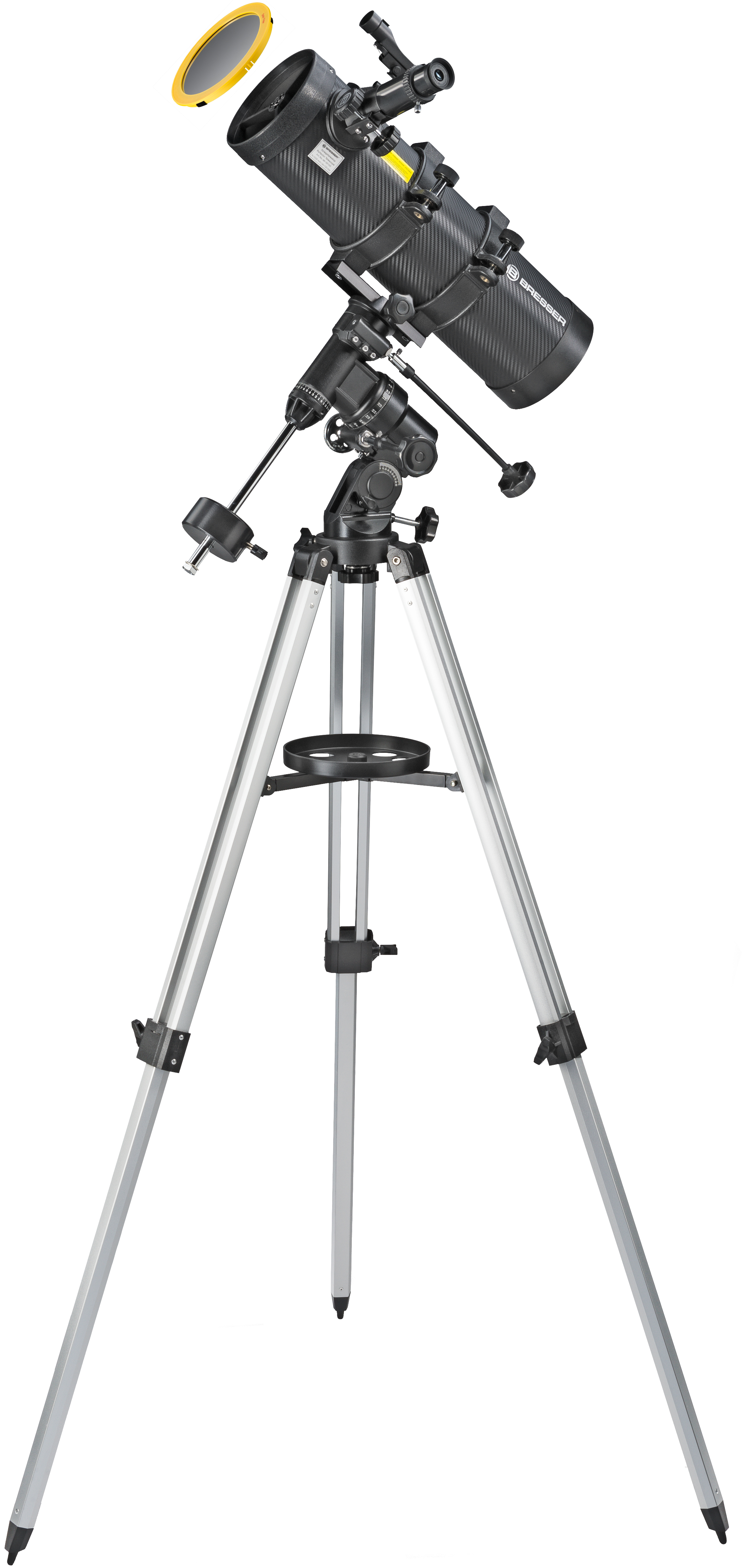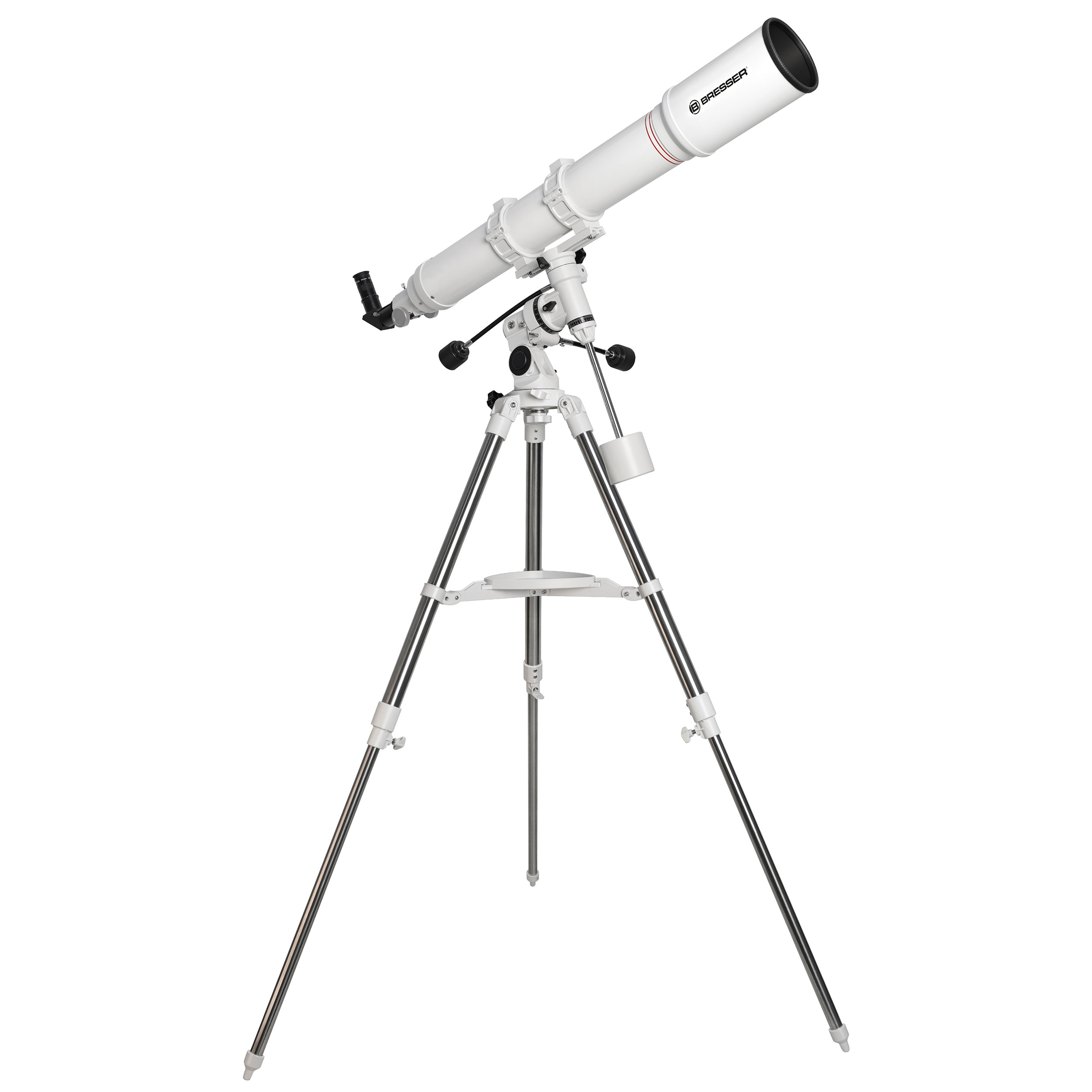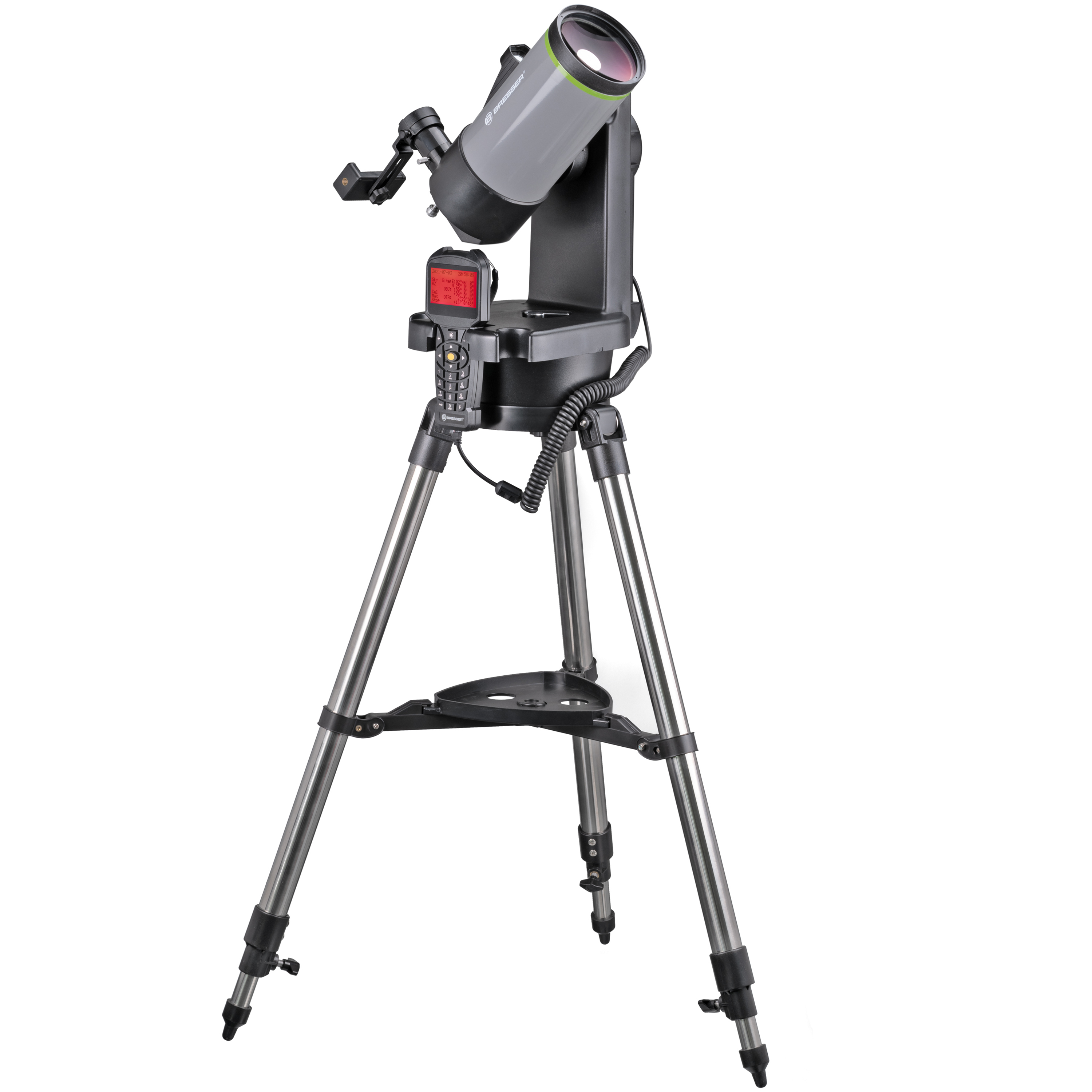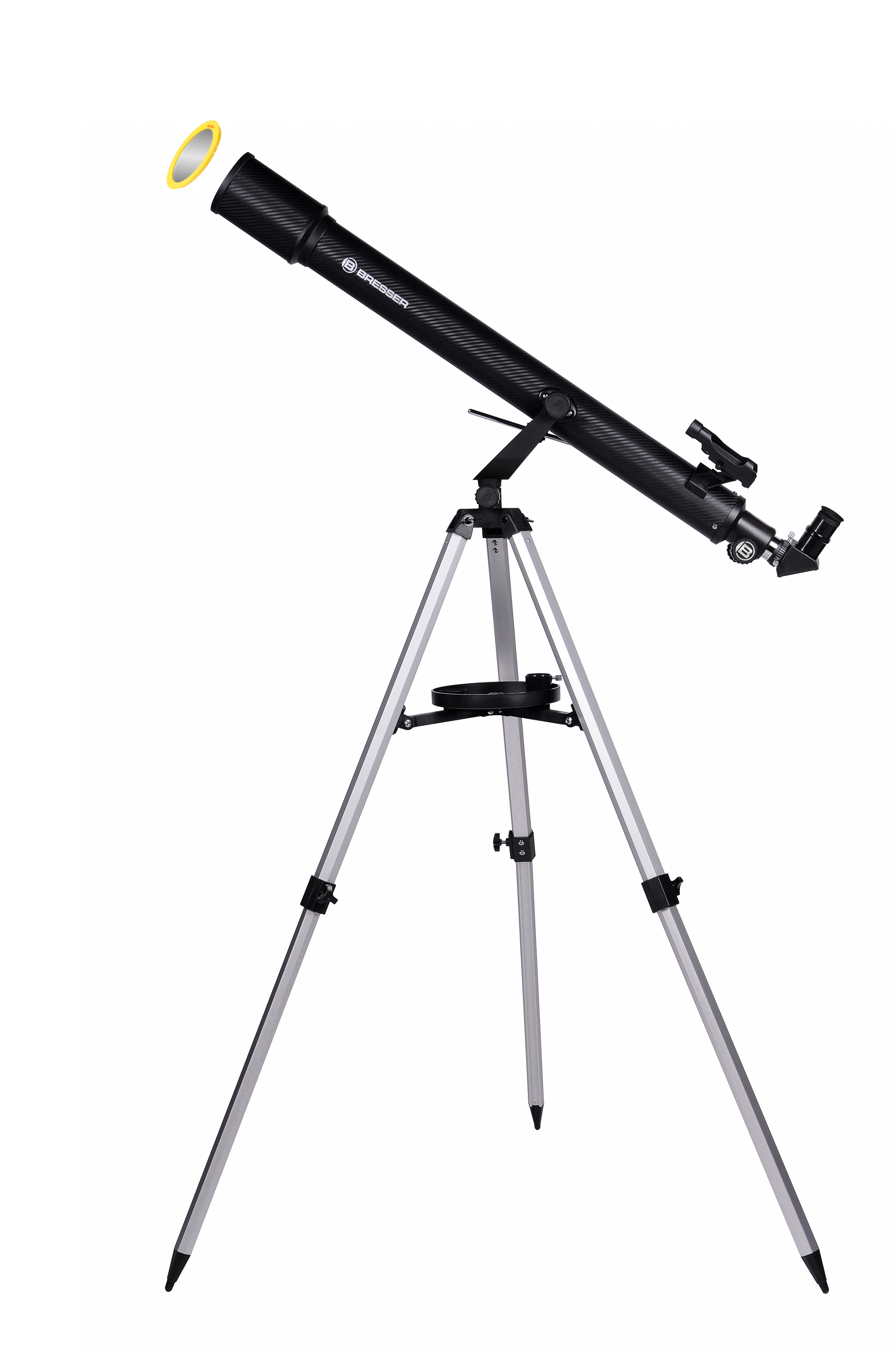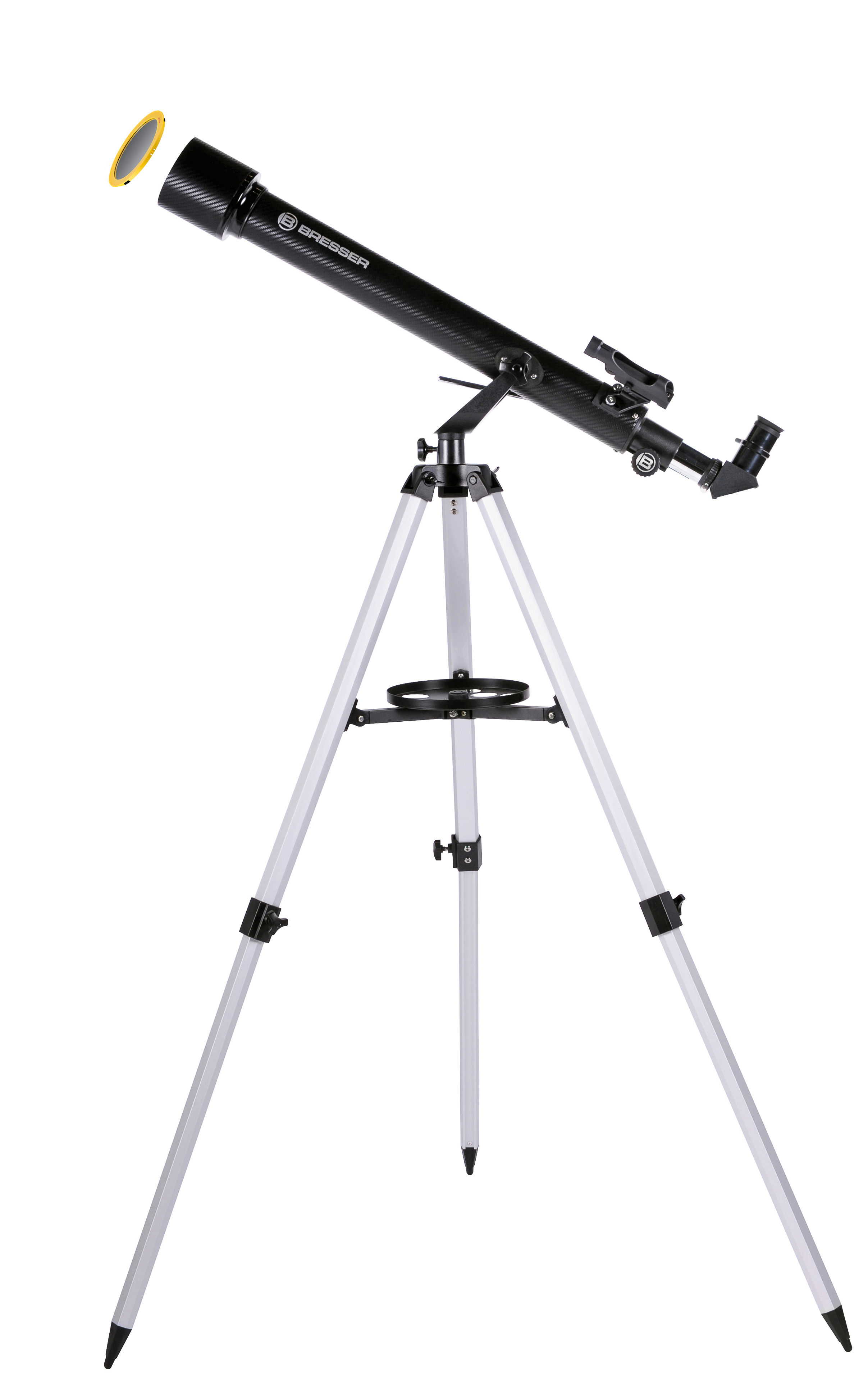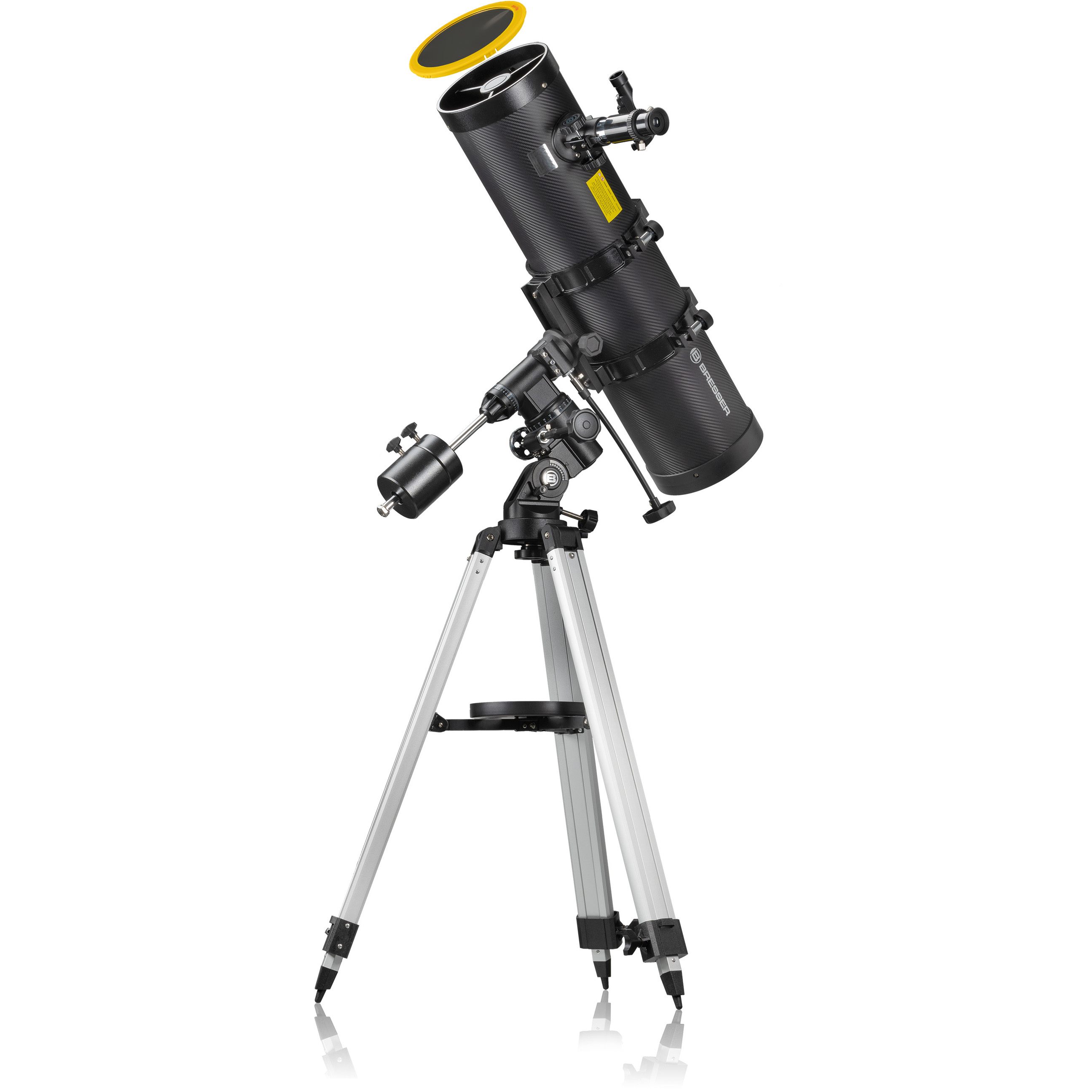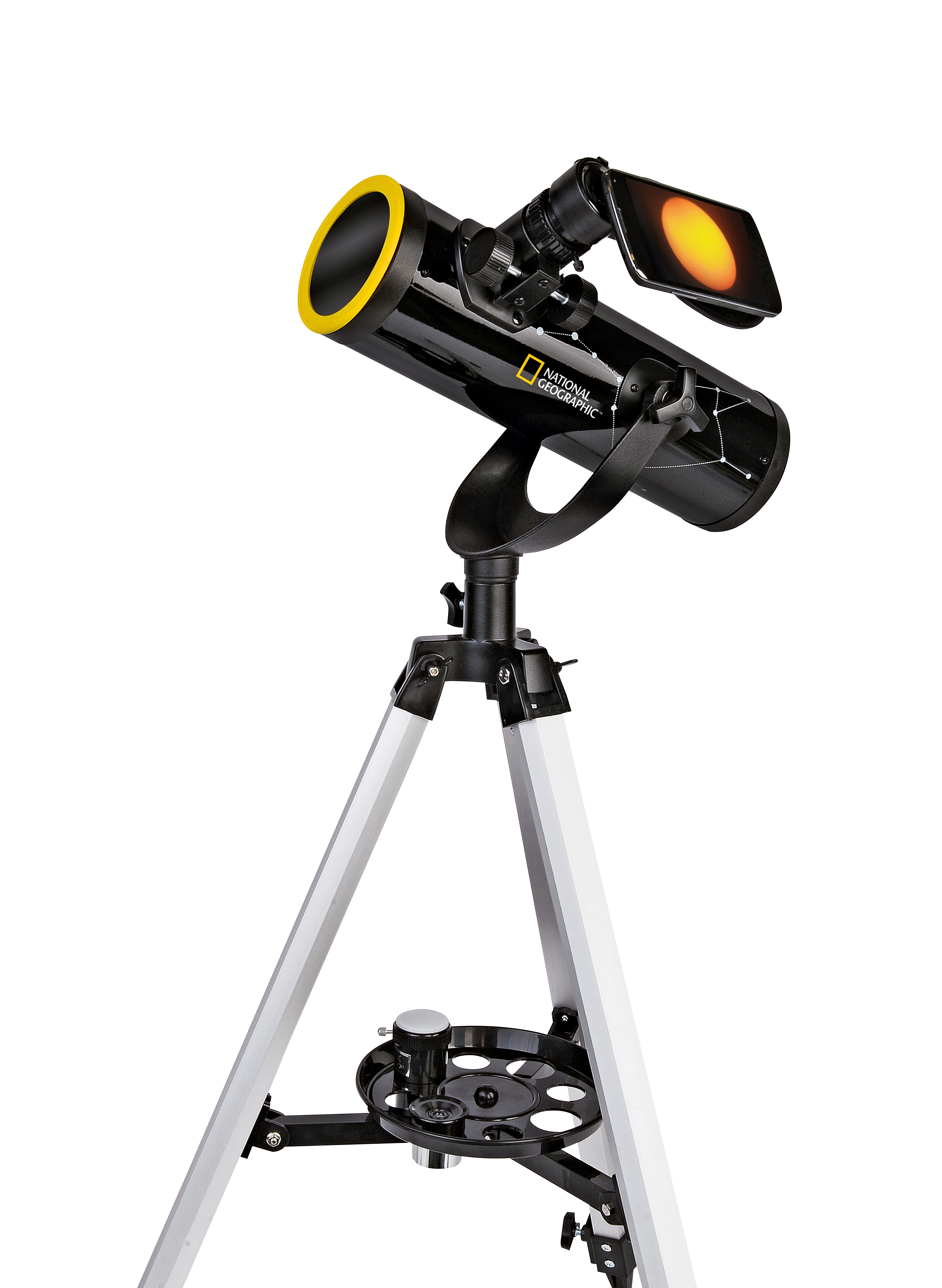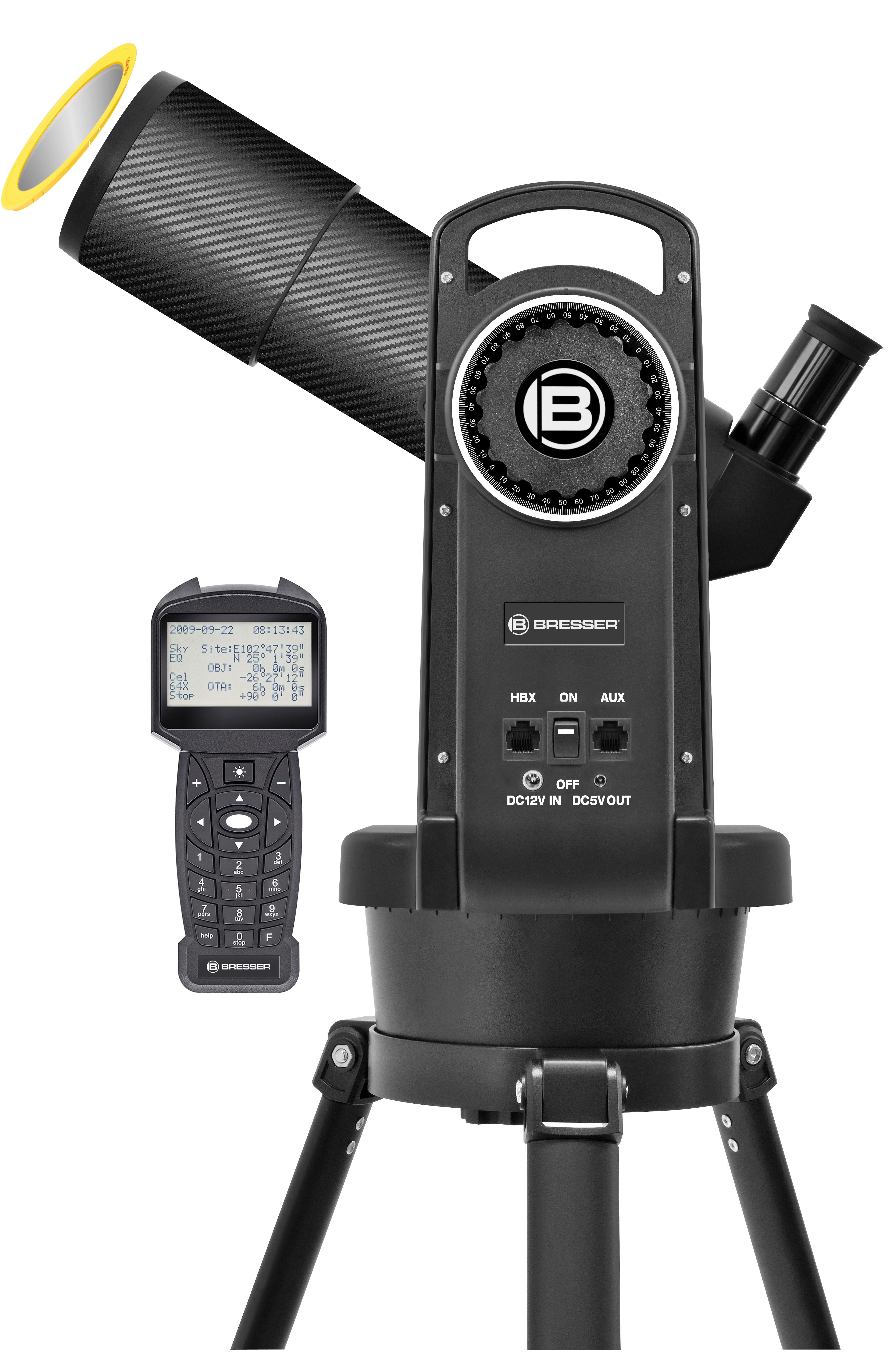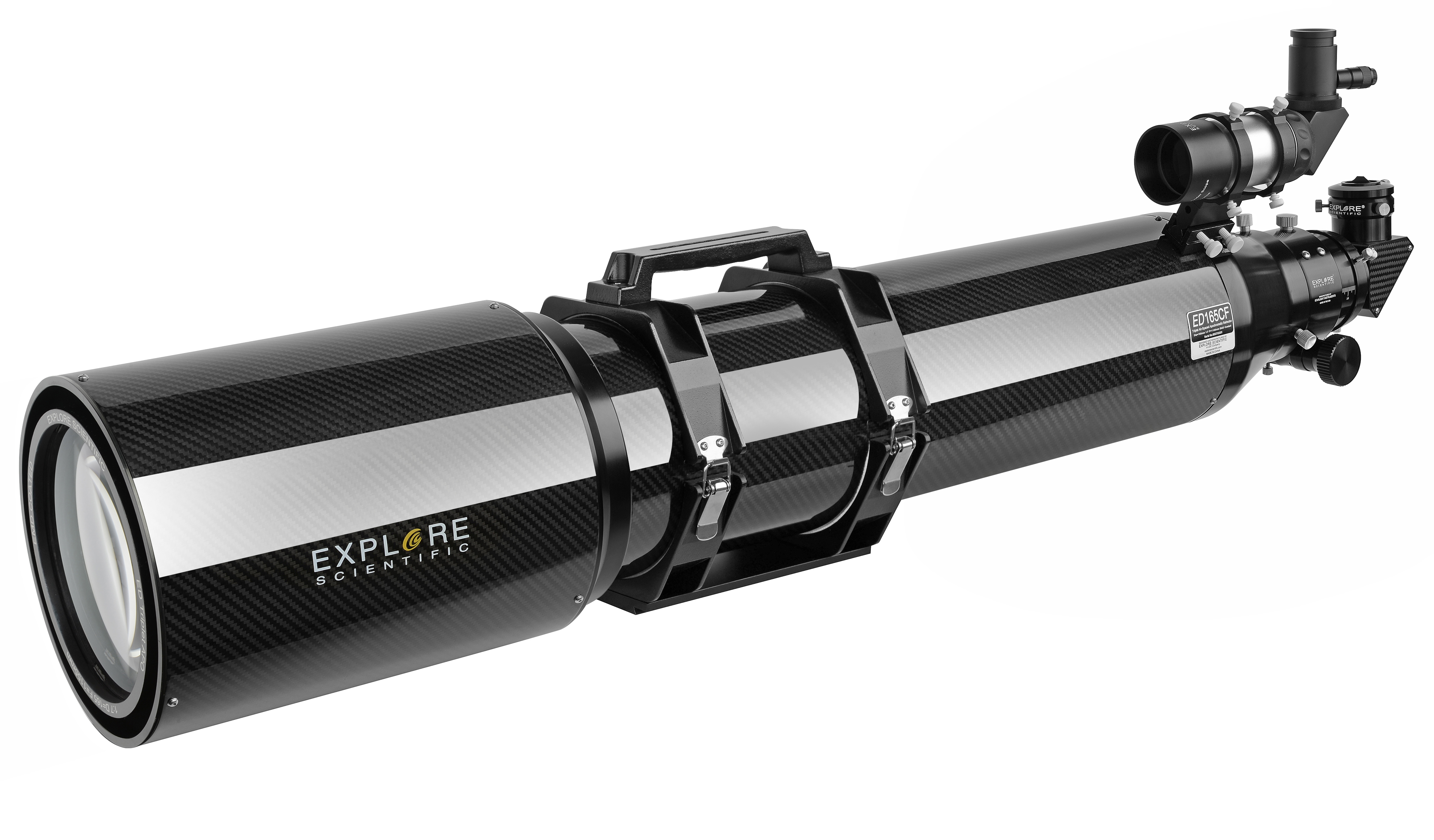



























Product Highlights
165mm Reference class apo with carbon fiber tube and 3" Feathertouch focuser
- True color three-lens air spaced apochromat
- Aperture: 165mm; Focal length: 1155mm
- Feather Touch® True 3.0" Dia Dual Speed Focuser
- High end flight case with wheels
- Delivery: Optics with accessories and case
- Tuberings with handle included - handle features mounting place for cameras
- Excellent illuminated 8x50 finderscope with 90° view and erect image
- 3" Losmandy style dovetail plate
These very popular EXPLORE SCIENTIFIC Triplet ED APO Refractors we do offer in 3 different product lines:
Essential Line:
HOYA FCD-1 Glass lens, AL-Tube, 2.0" Rack&Pinion Focusser with 1:10, 2.0" Star Diagonal 99% Reflectivity (see Part No. 0112084(AL), 0112106(AL), 0112132(AL)), 0112155(CF + 3"FT))
Professional Line:
HOYA FCD-100 Glas lens, AL/CF-Tube, 2.5" HEXAFOC Focusser with 1:10, 2.0" Star Diagonal 99% Reflectivity (see Part No. 0112086(AL), 0112108(AL), 0112109(CF), 0112134(AL), 0112135(CF))
High-End Line:
OHARA FPL-53 Glass lens, Carbon(CF) Tube, 3.0" Feather-Touch Focusser with 1:10, 2.0" Star Diagonal 99% Reflectivity (see Part No. 0112165(CF))
FEATURES
- excellent color correction
- Retractable dewshield
- Lightweight carbon fiber construction
- 165mm tube CF (165/1155mm (6.5" f/7.0)
- FTF3235B-A Feather Touch® True 3.0" Dia Dual Speed Focuser
- 2” Diagonal mirror with 99% coating
- 06-20160 90° illuminated finderscope with true oriented view
- Tube rings with handle
- 3“ Losmandy-type dovetail
- DeLuxe Flight case with wheels
| Colour: | Carbon Fiber |
|---|---|
| Focus Group [Telescopes]: | Advanced Amateurs, Specialists and Research, Visual enthusiasts |
| Focusing system: | FTF3235B-A Feather Touch® True 3.0" Dia Dual Speed |
| Material: | Carbon fibre |
| Material front lens or corrector plate: | Ohara Japan FPL-53 ED glass |
| Mount Type [Telescopes]: | Optics without Mount |
| Optical design: | Apochomatic Refractor |
| Product Family [Telescopes]: | Refractor telescope |
0 of 0 reviews
Login
Accessories
Similar products
Customers also viewed


